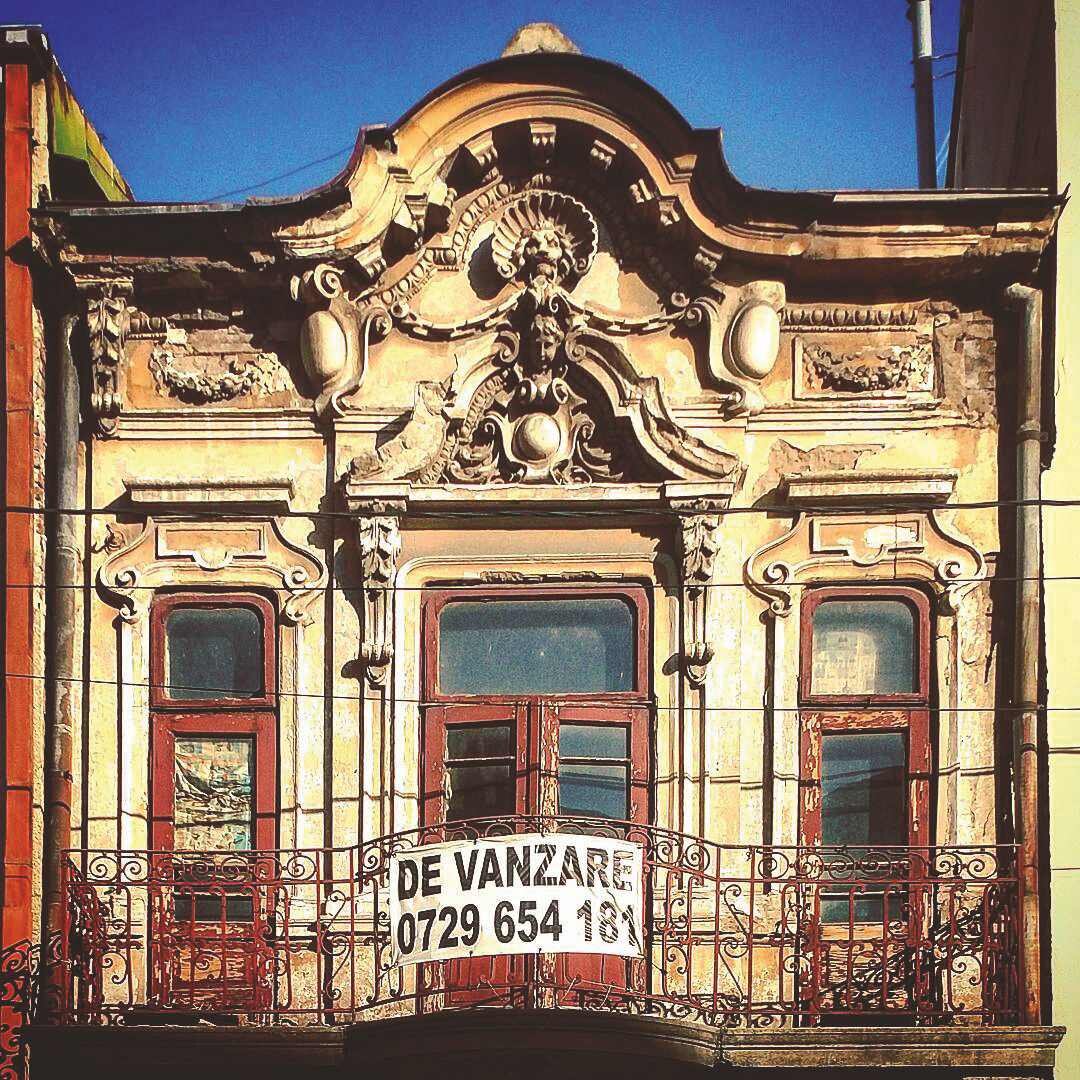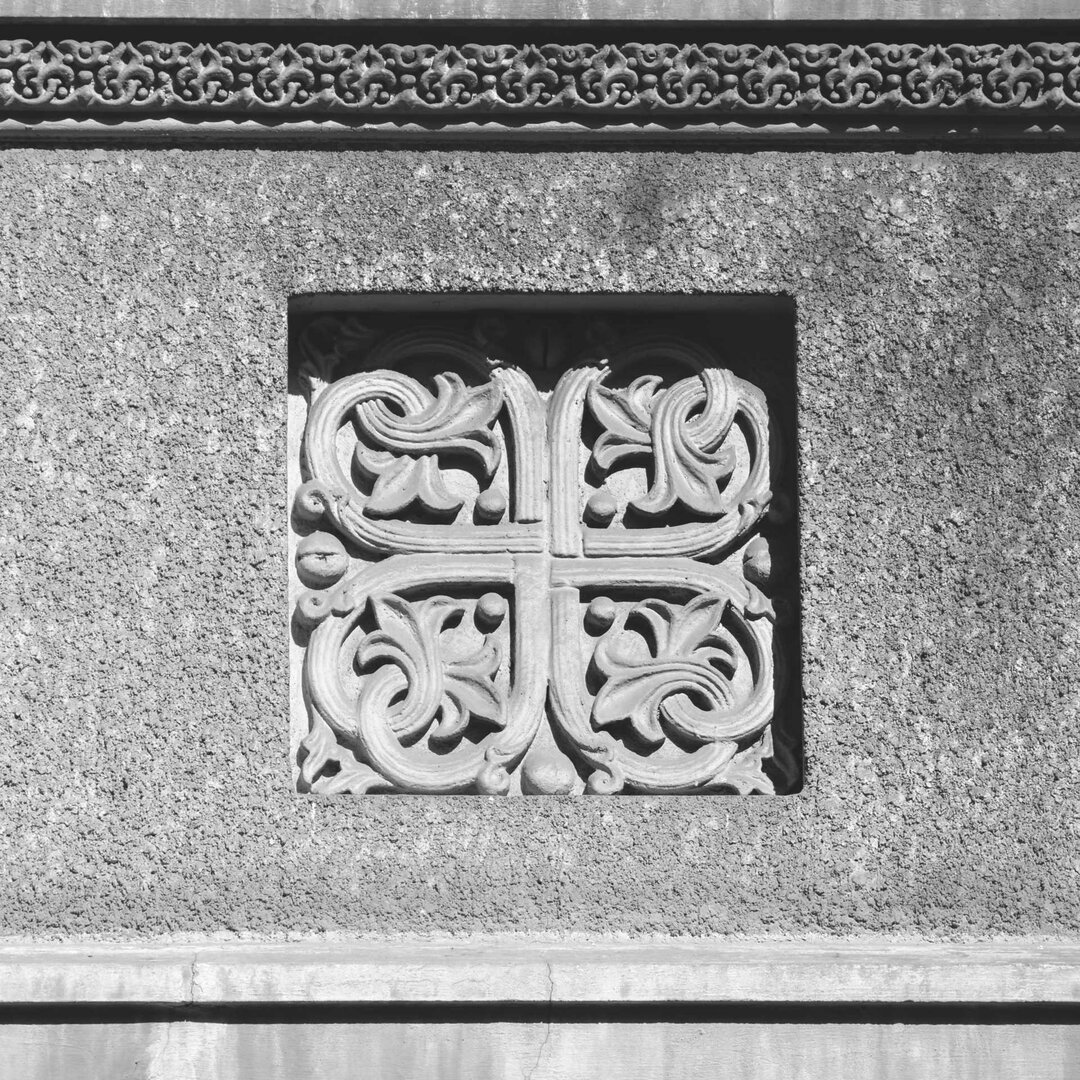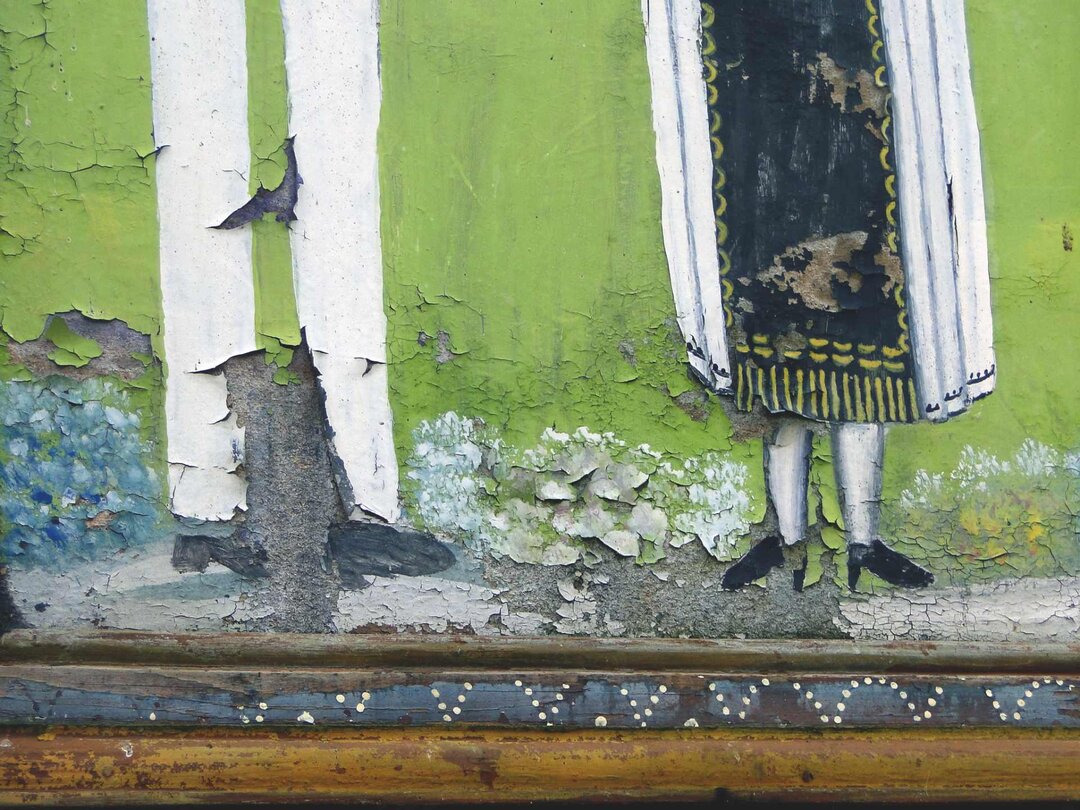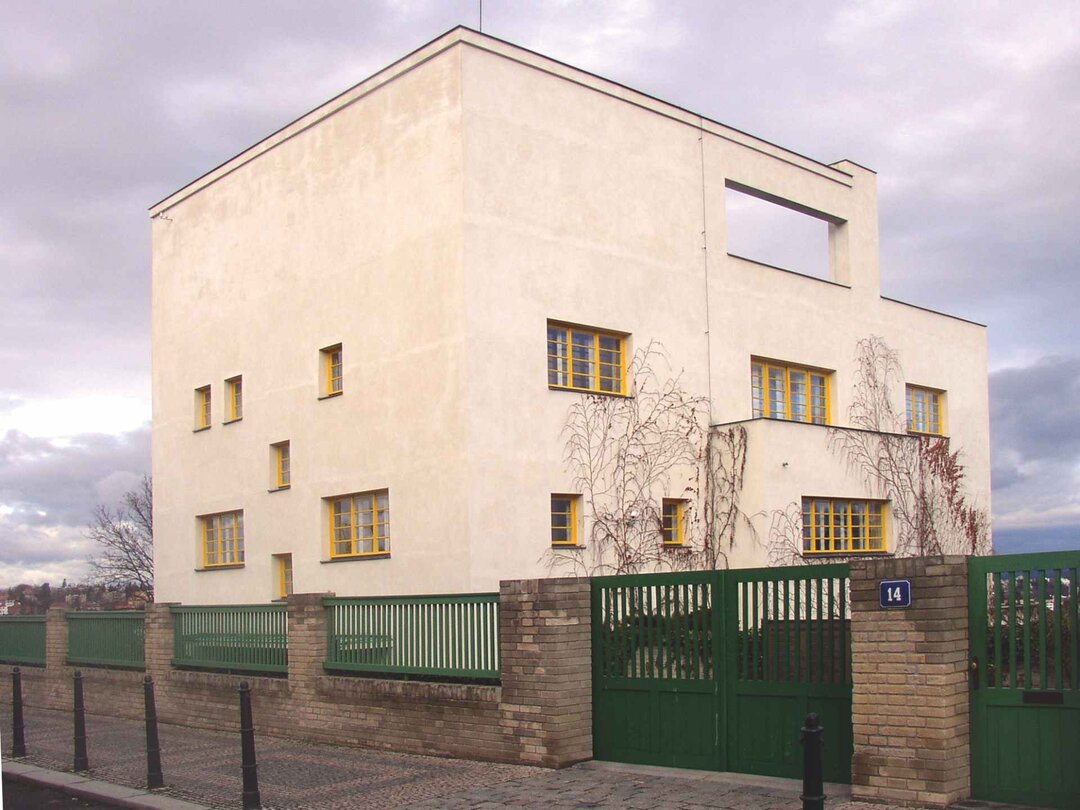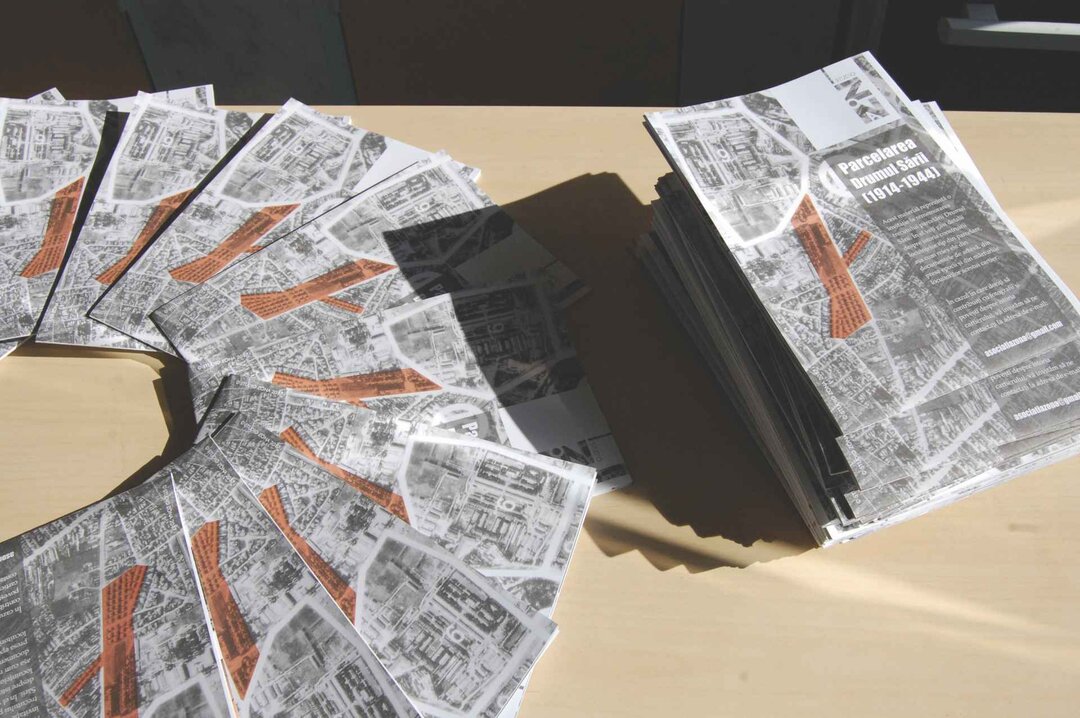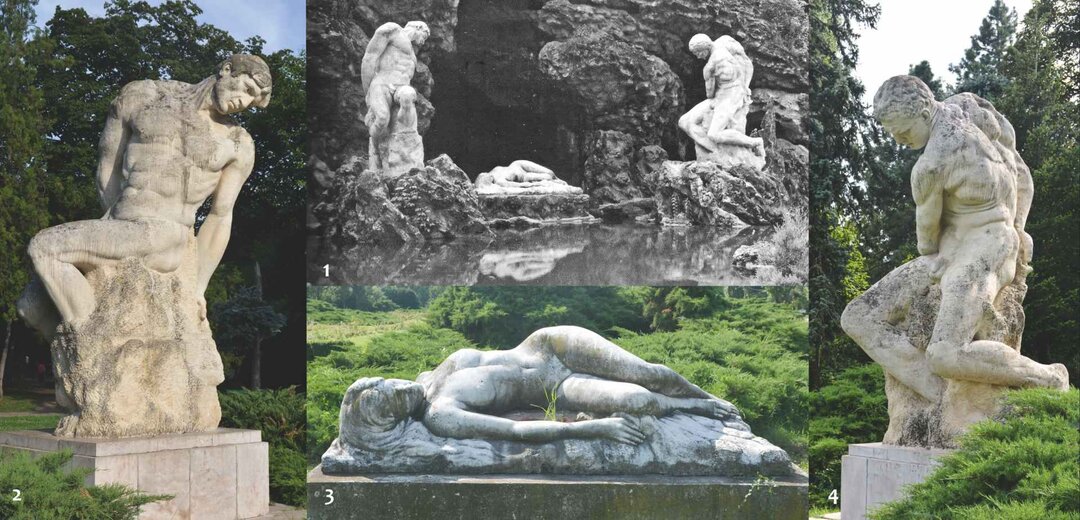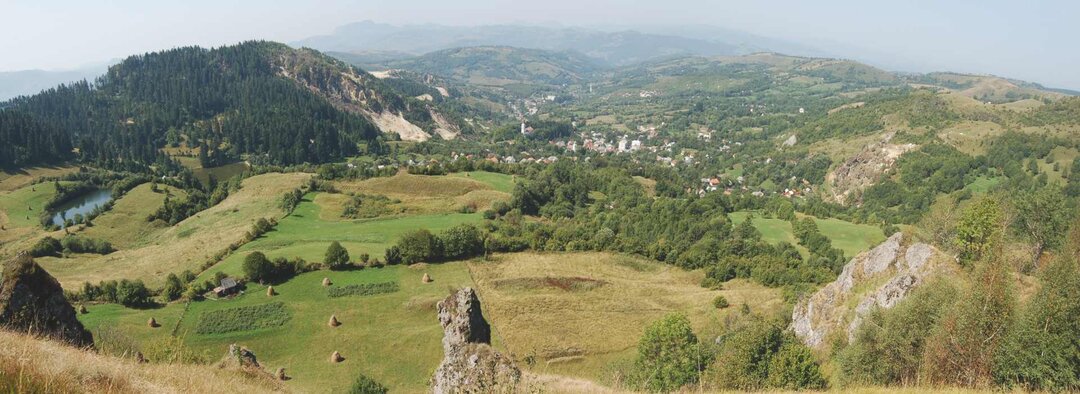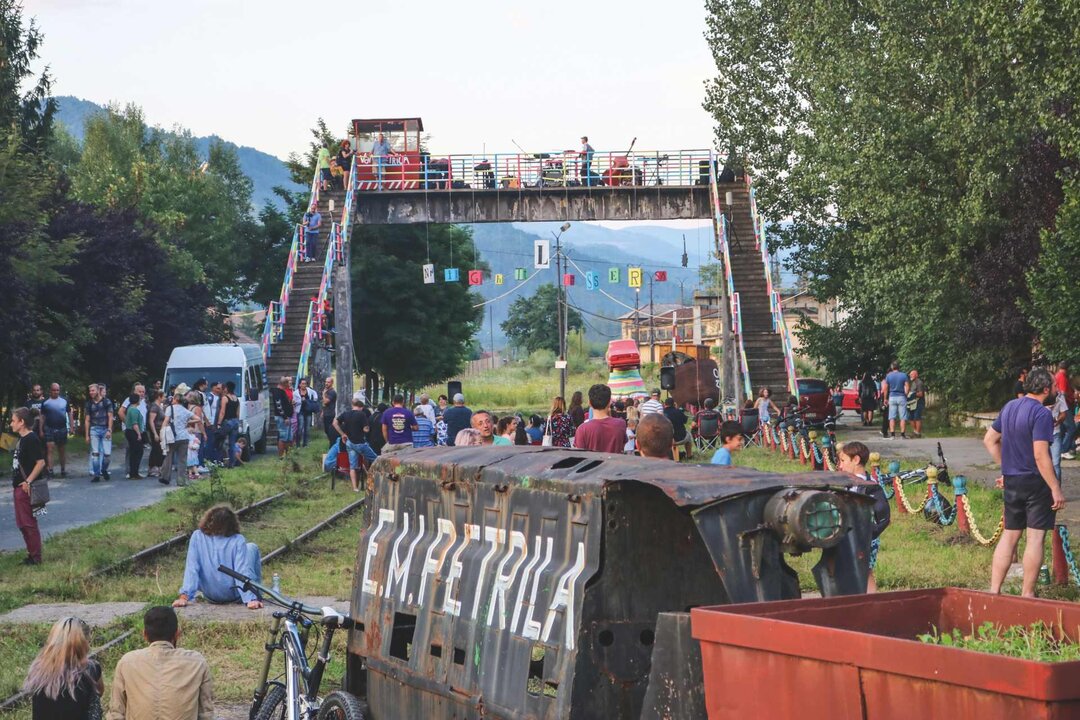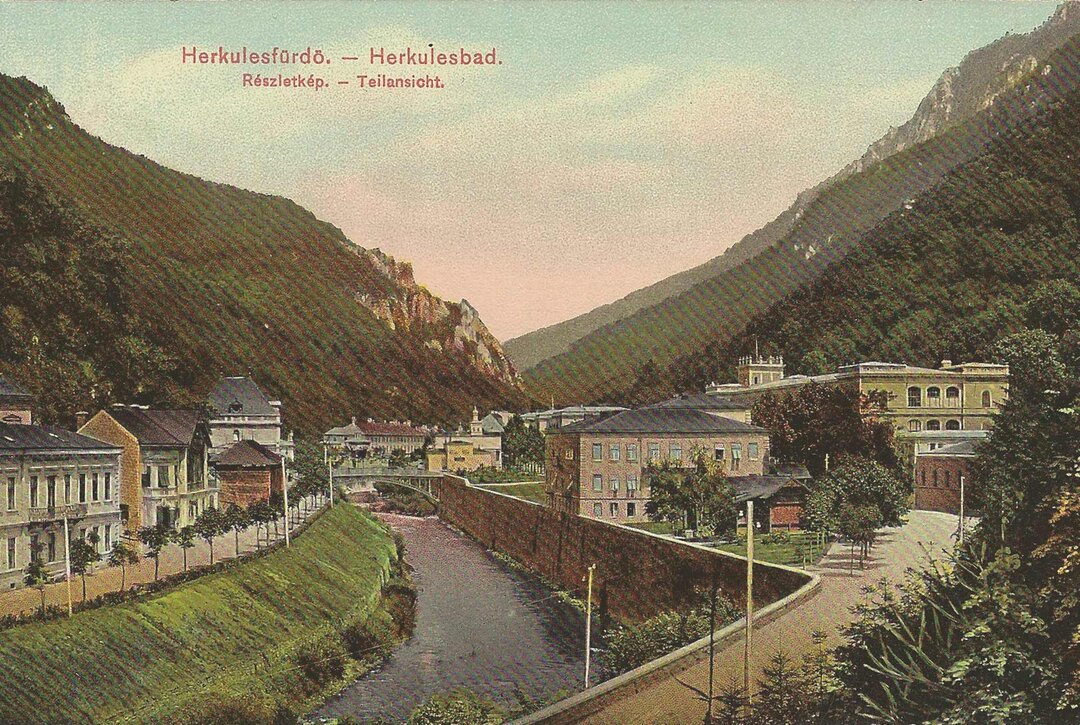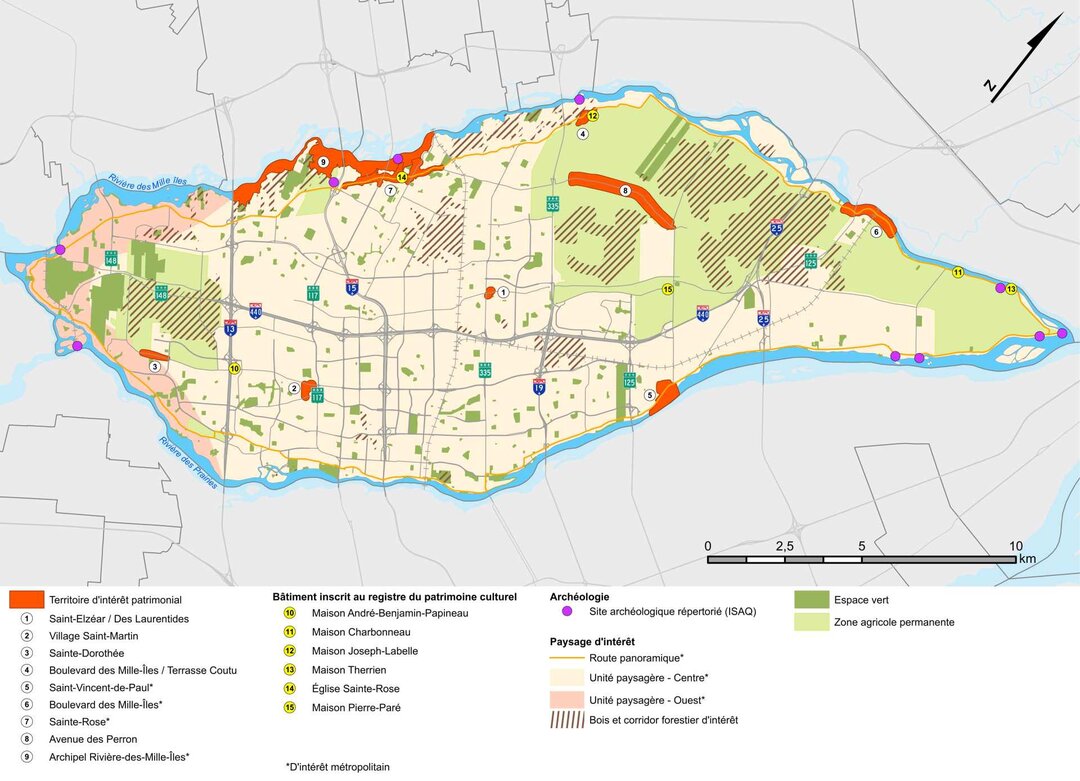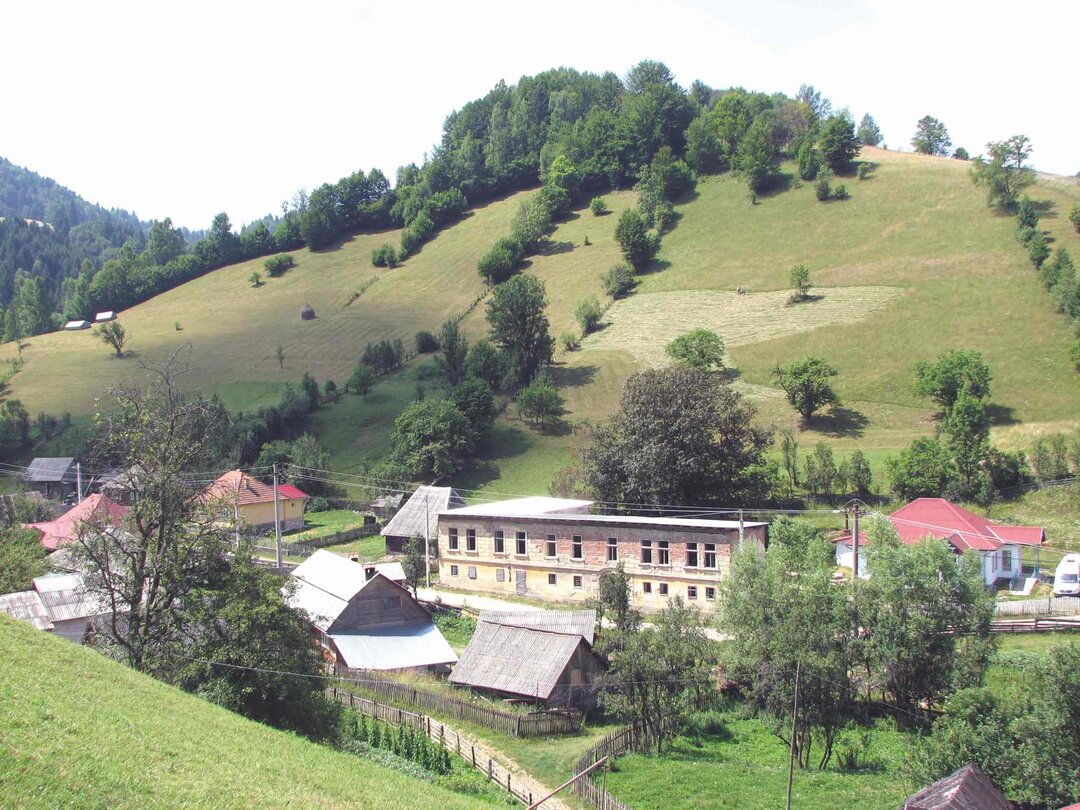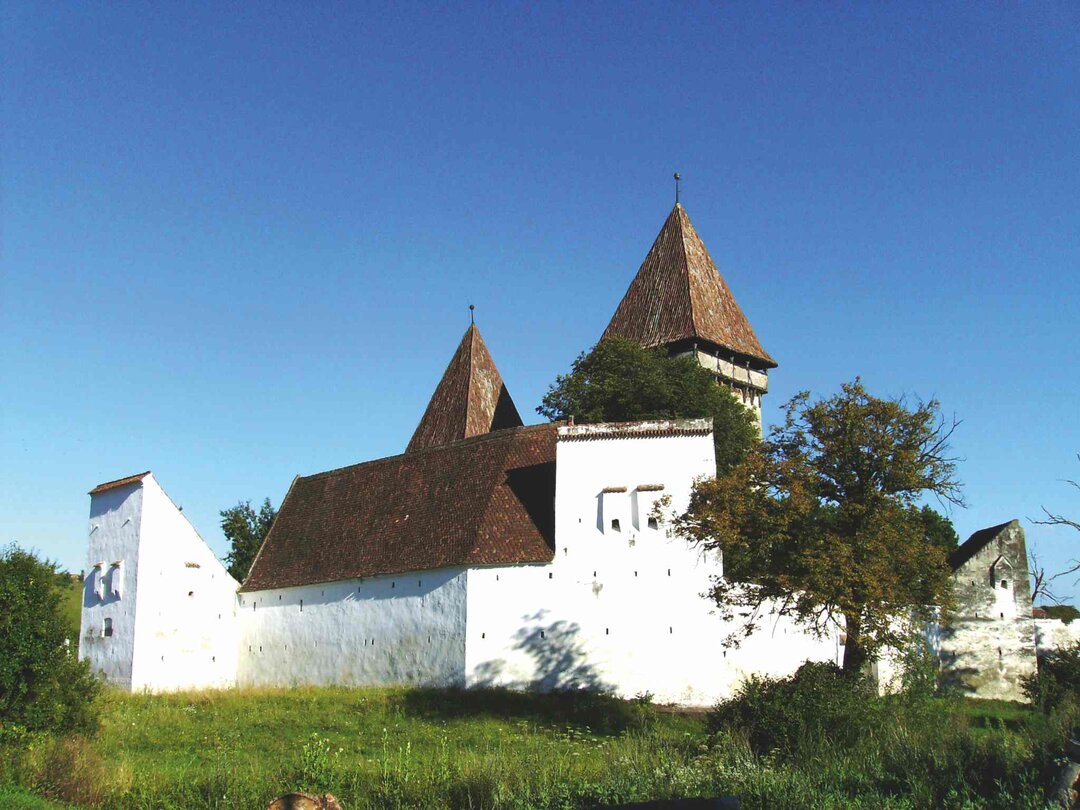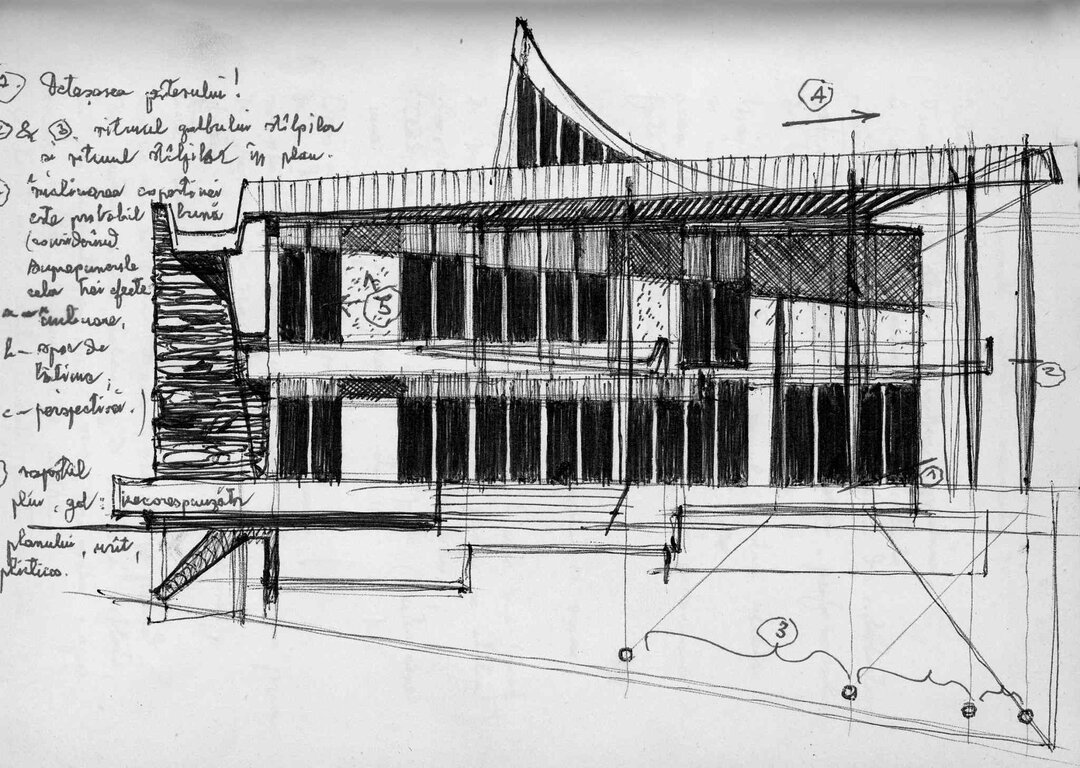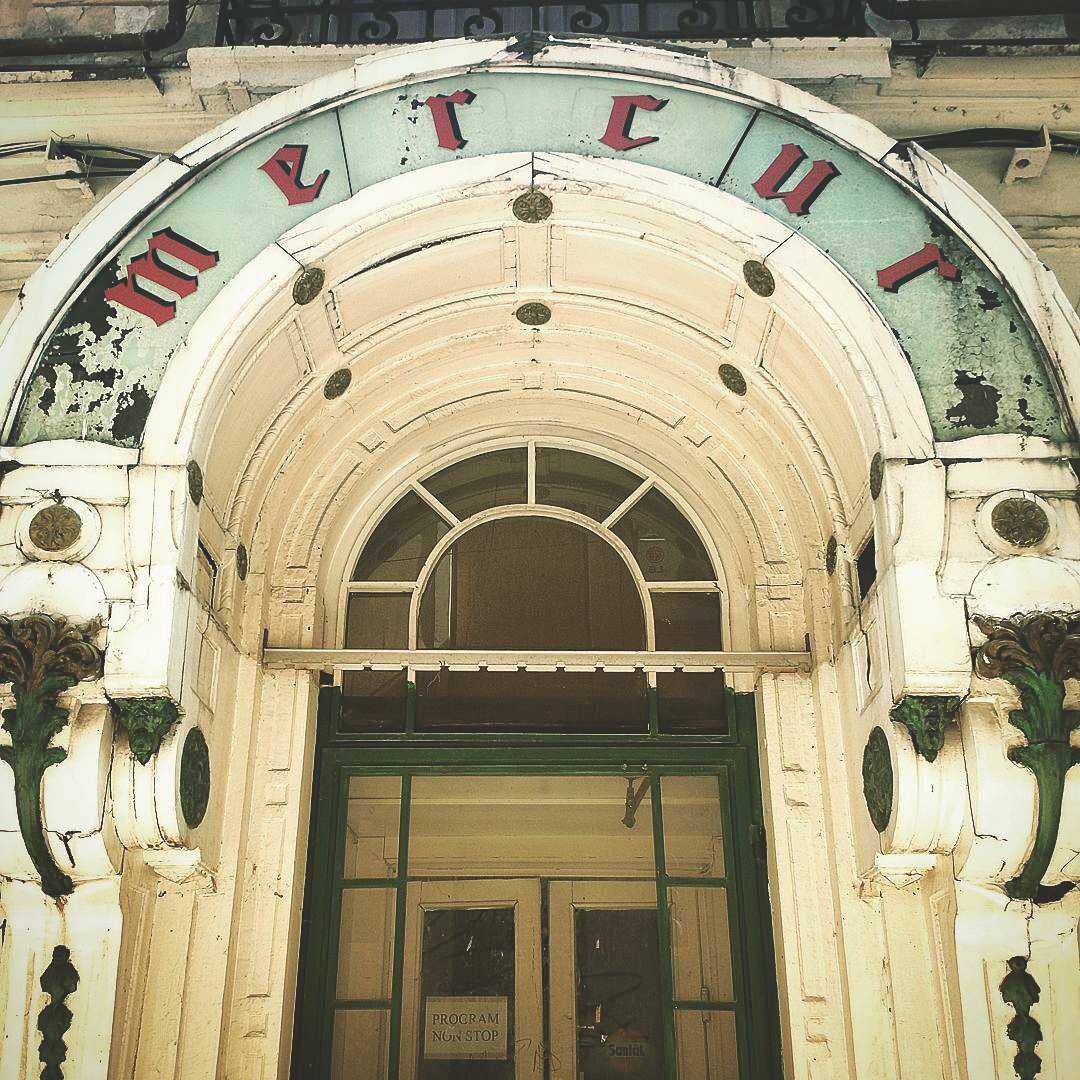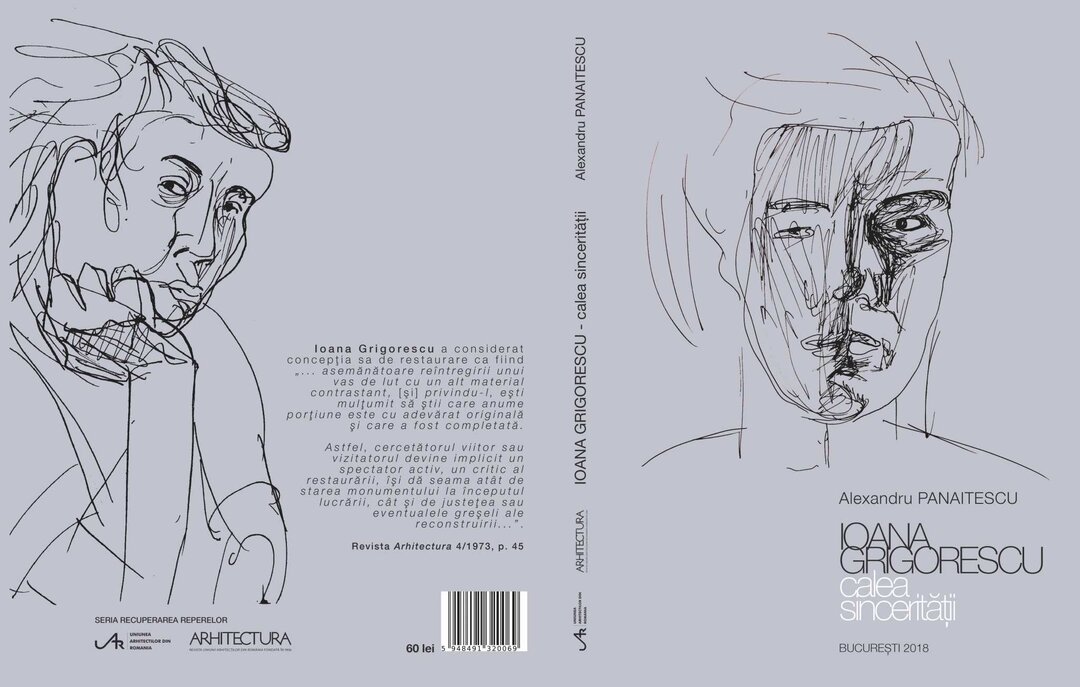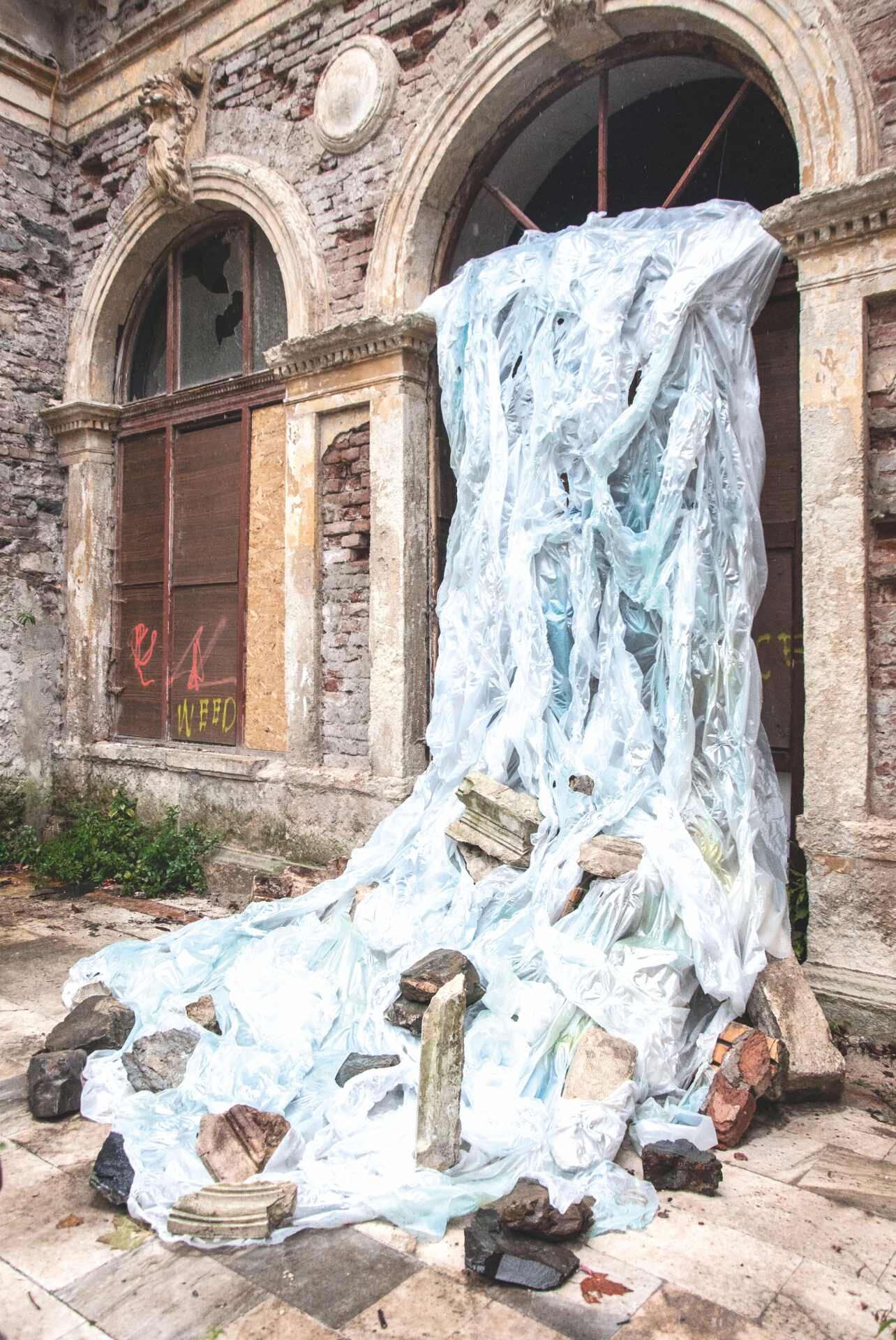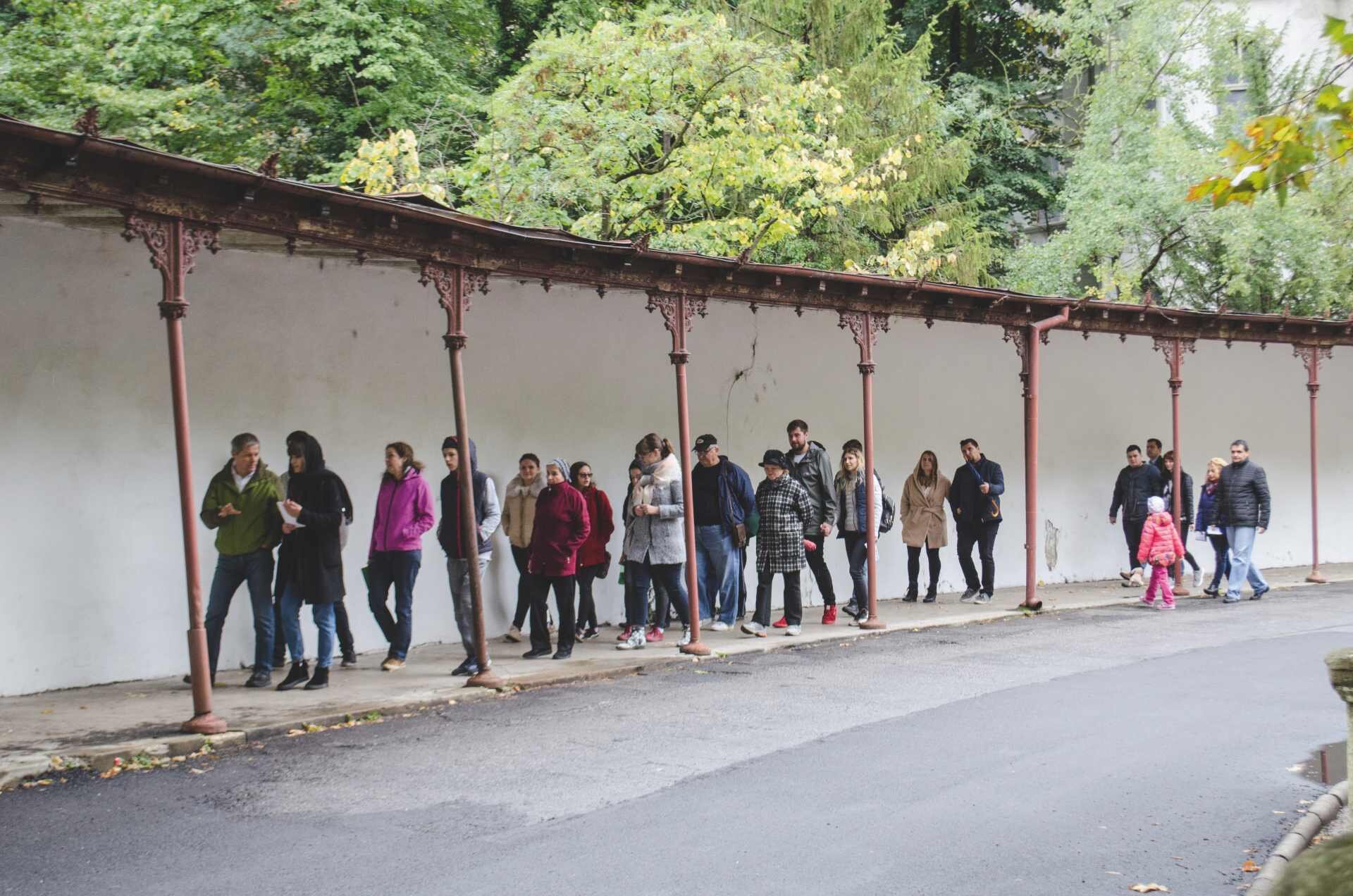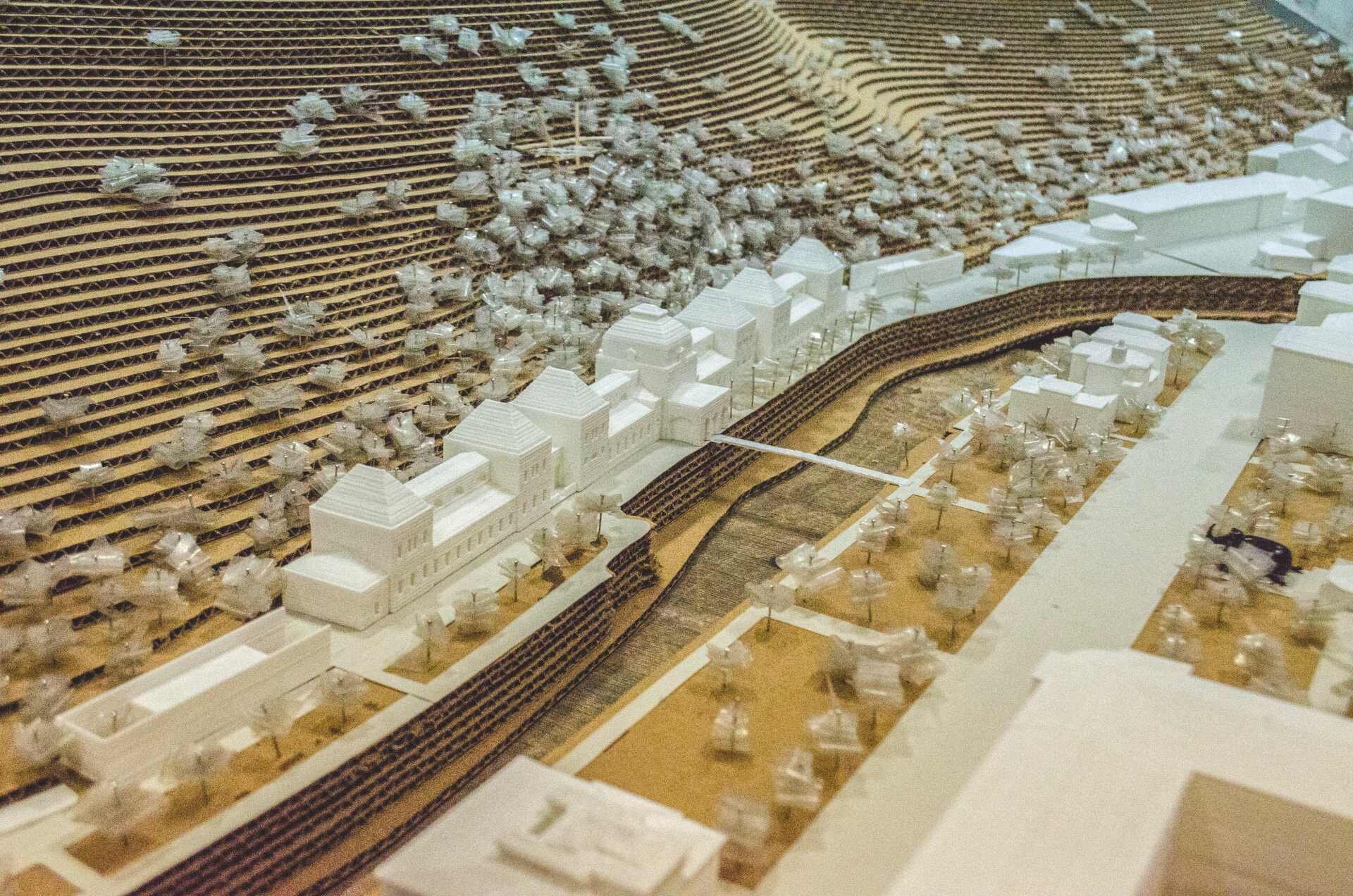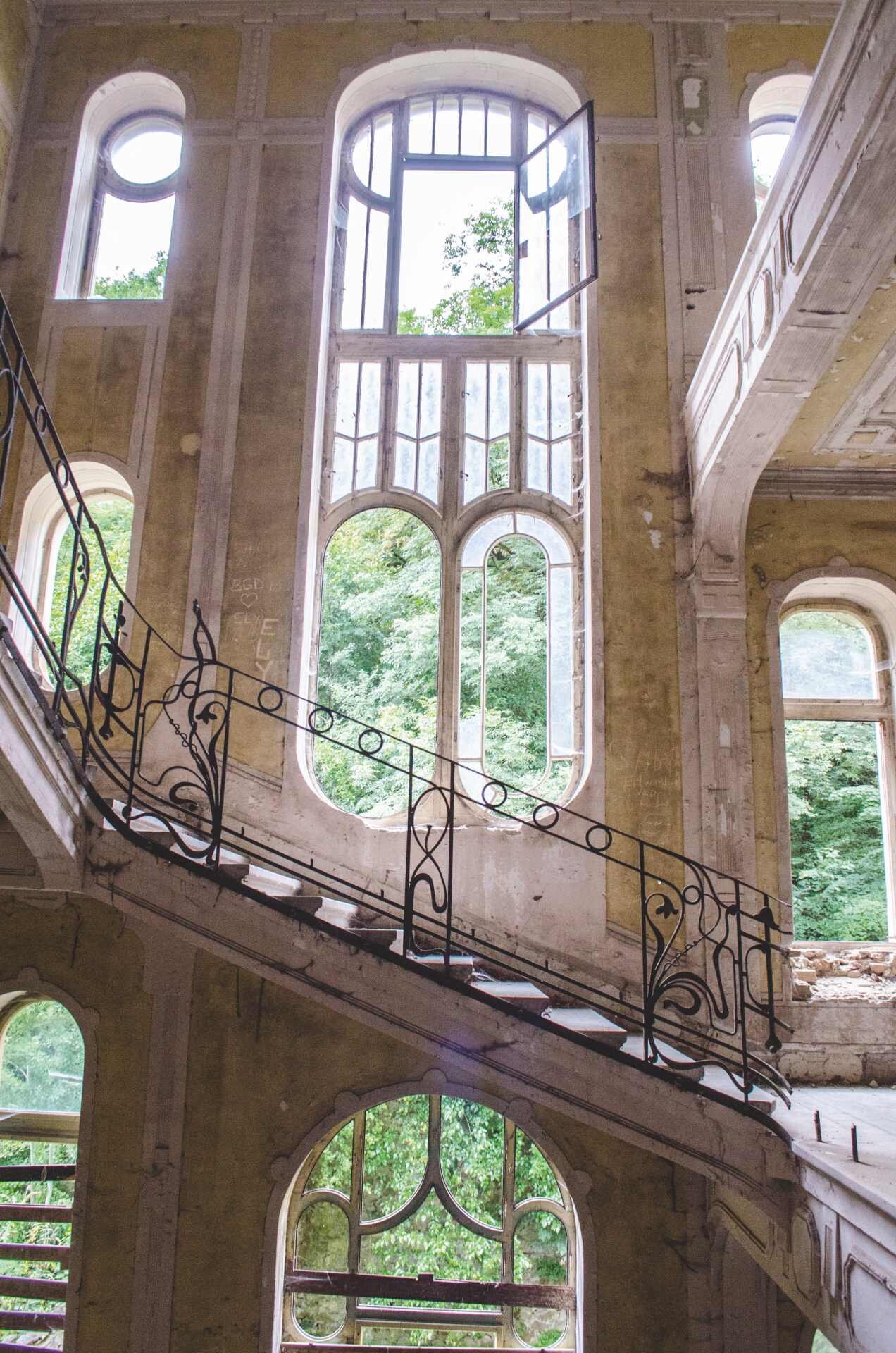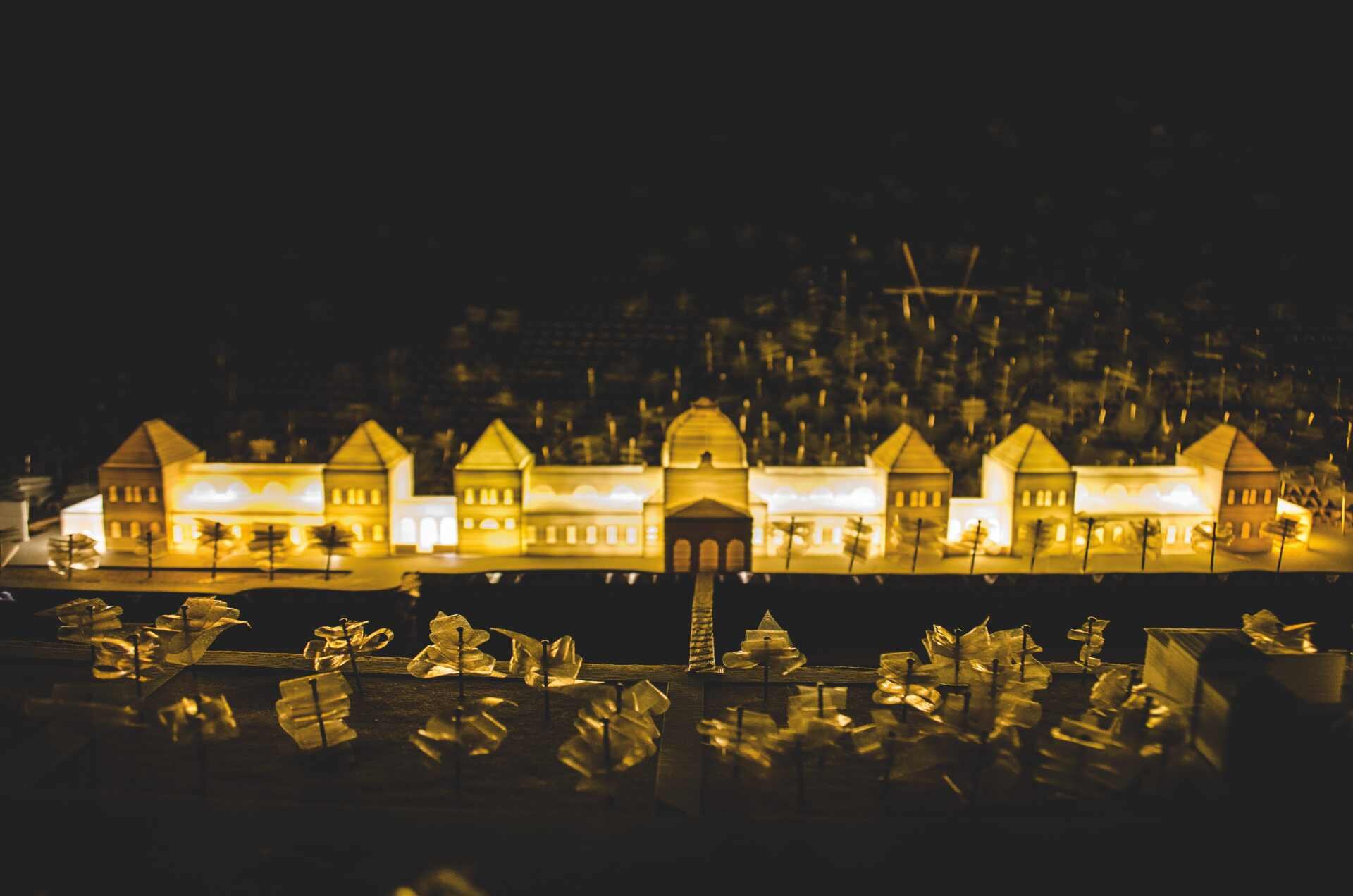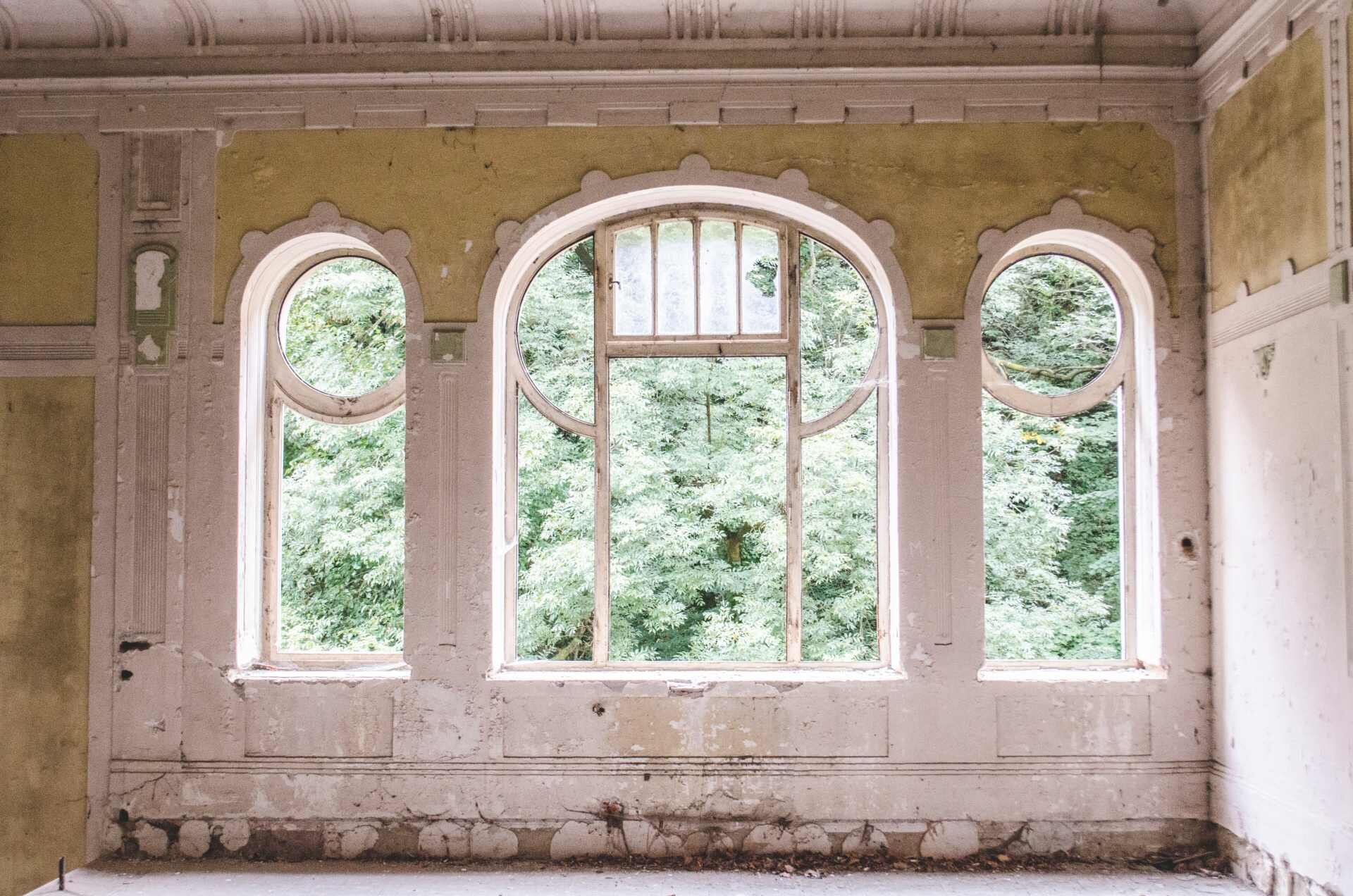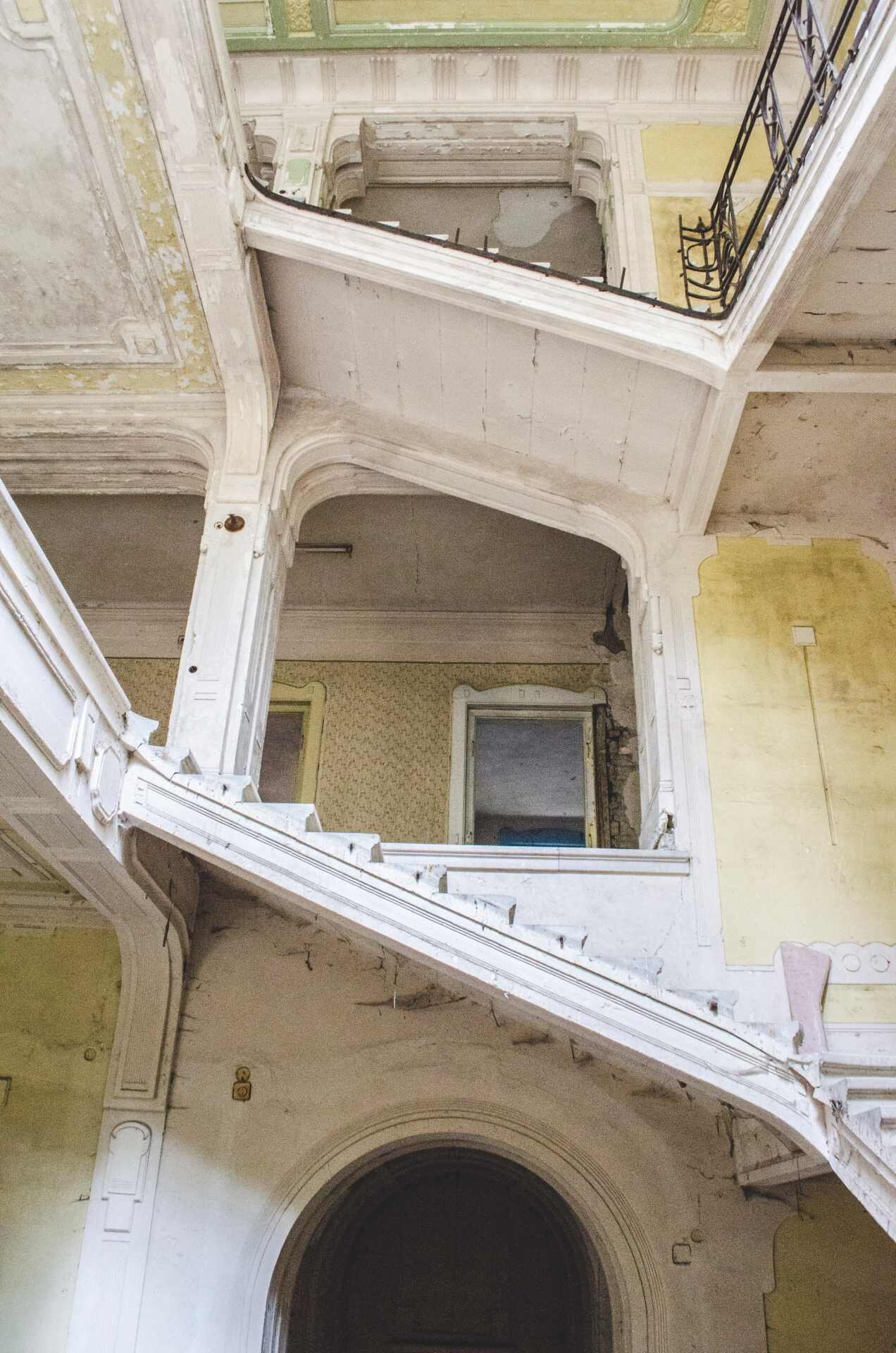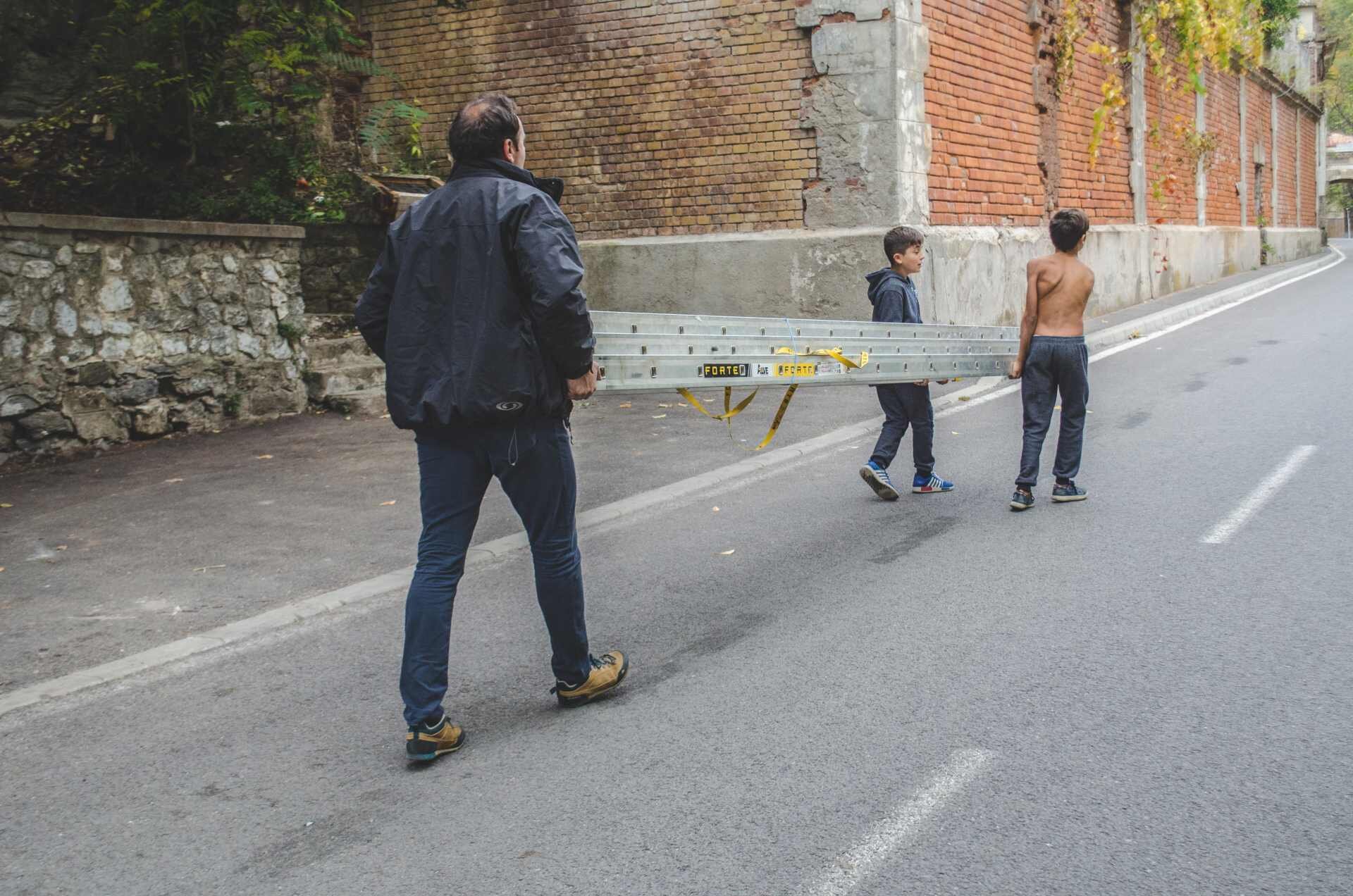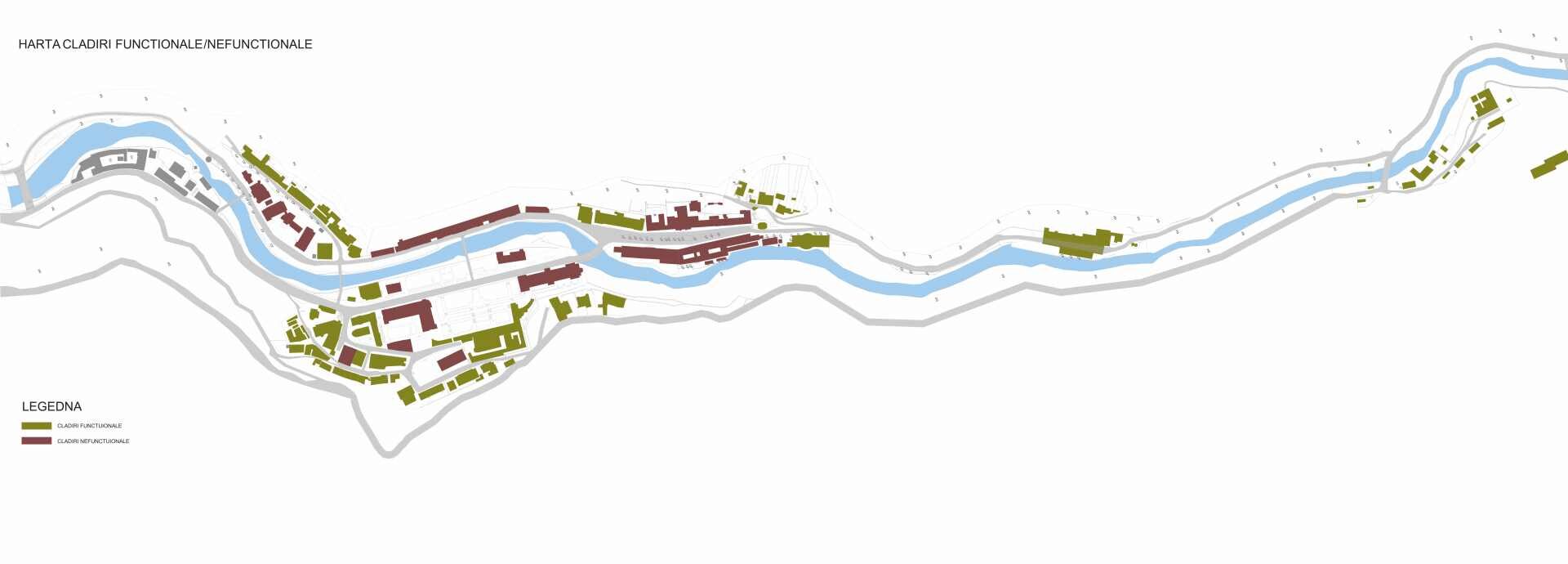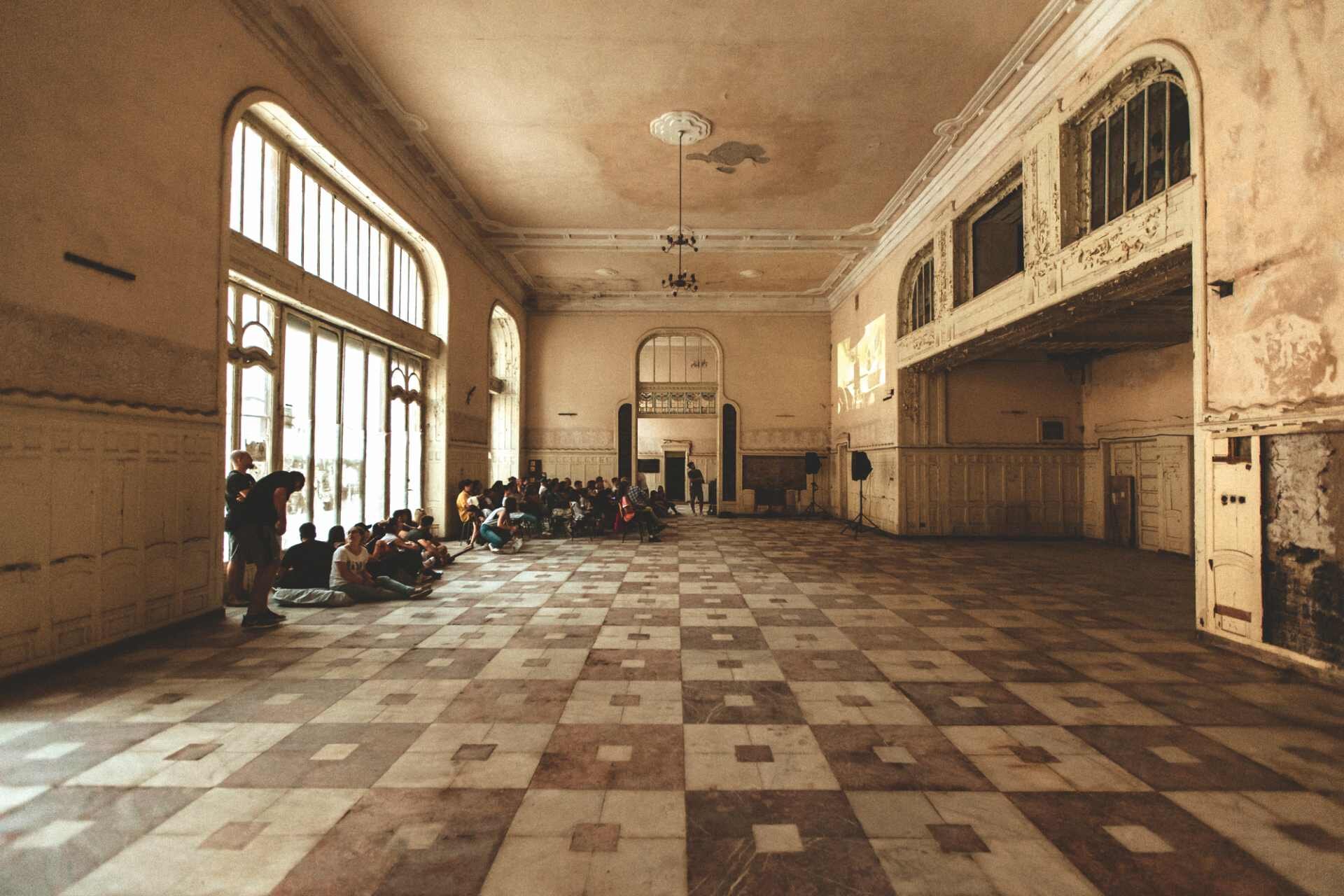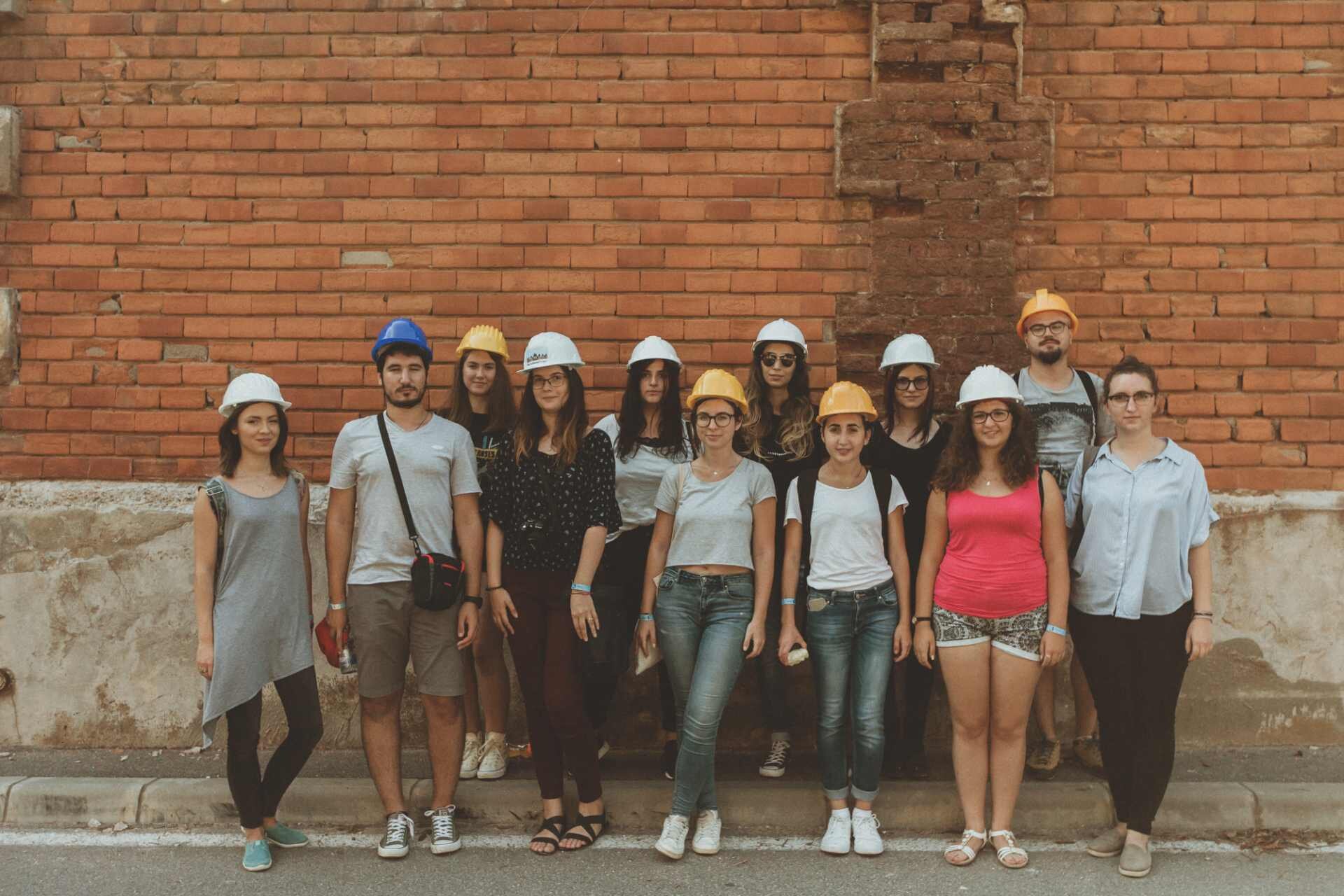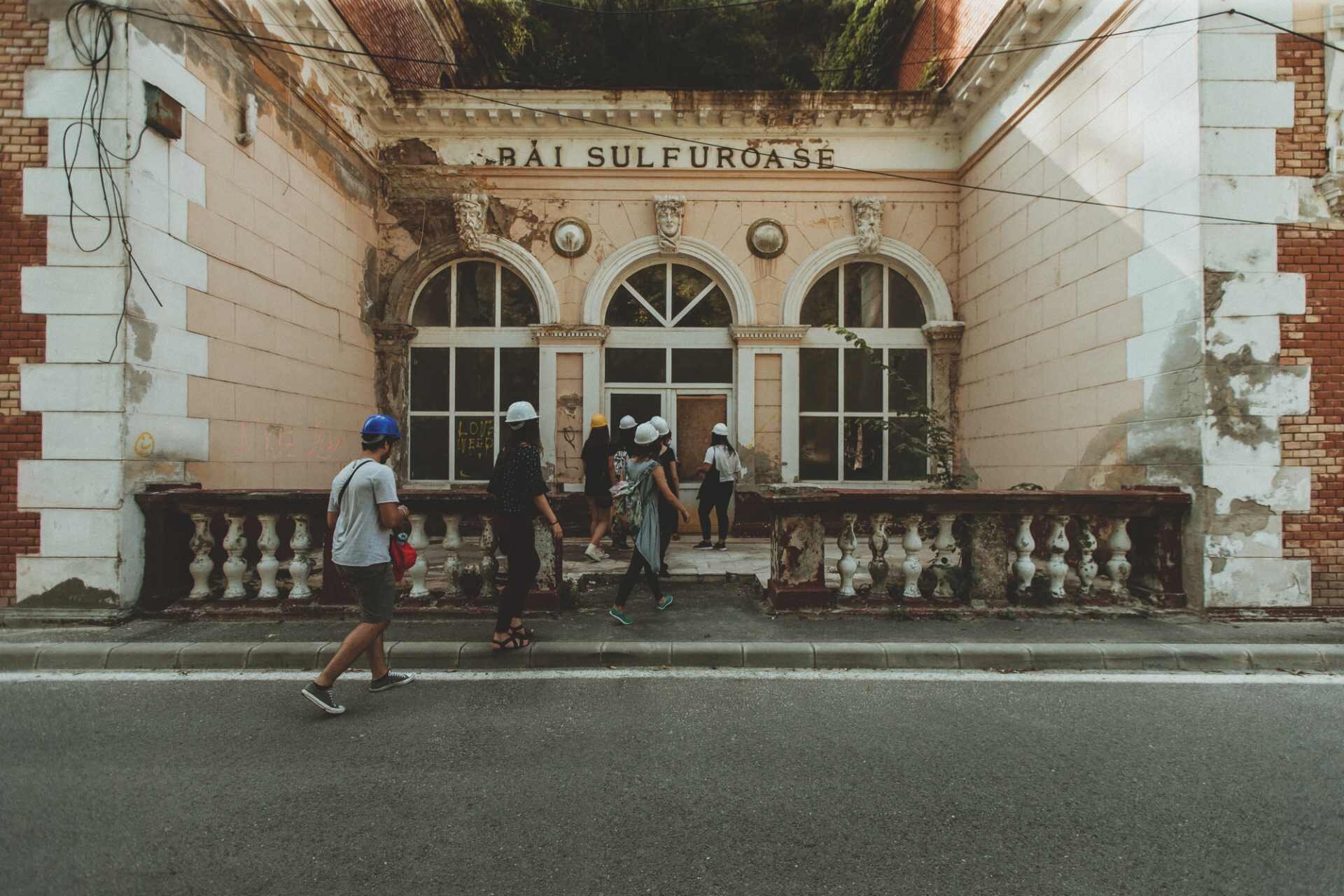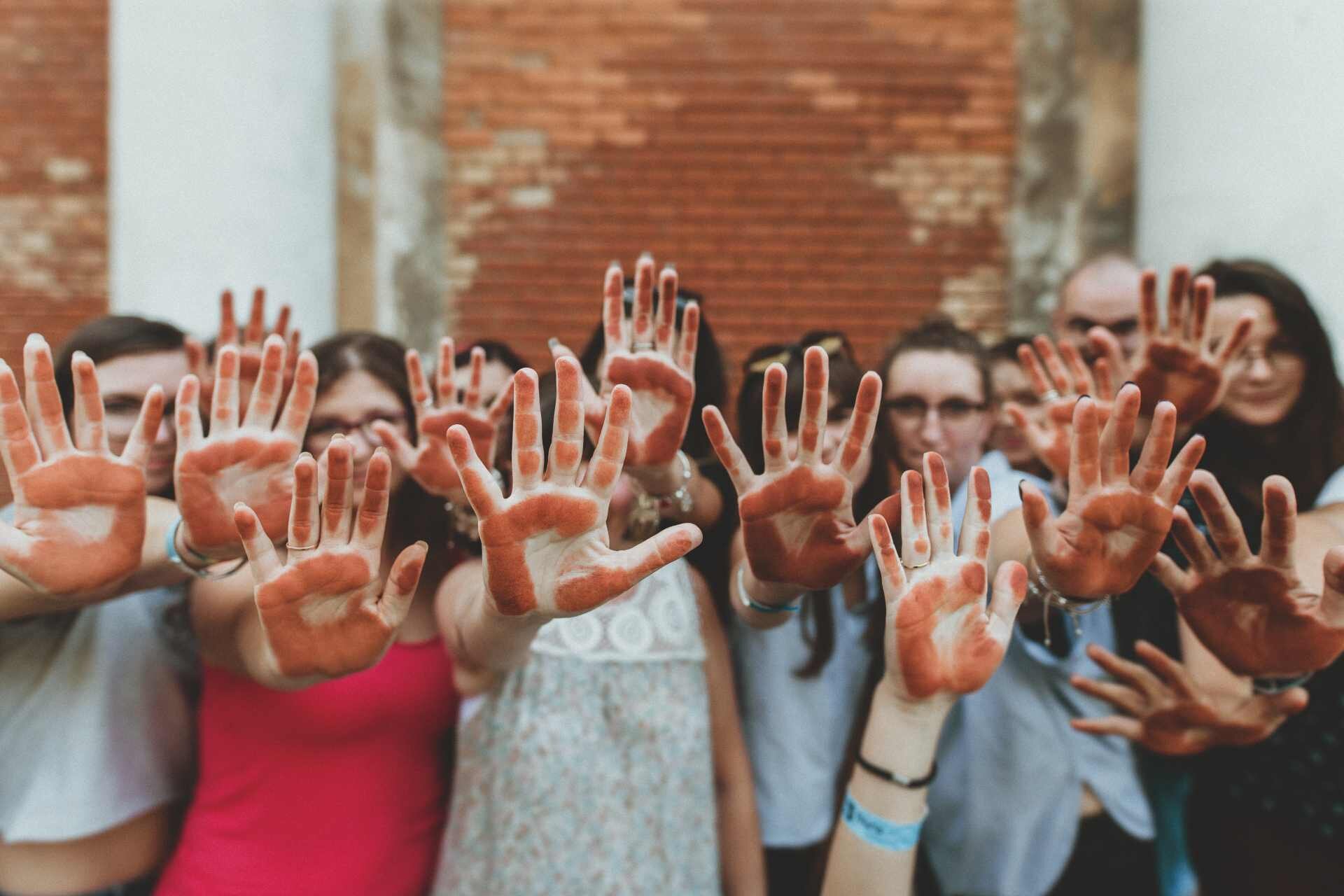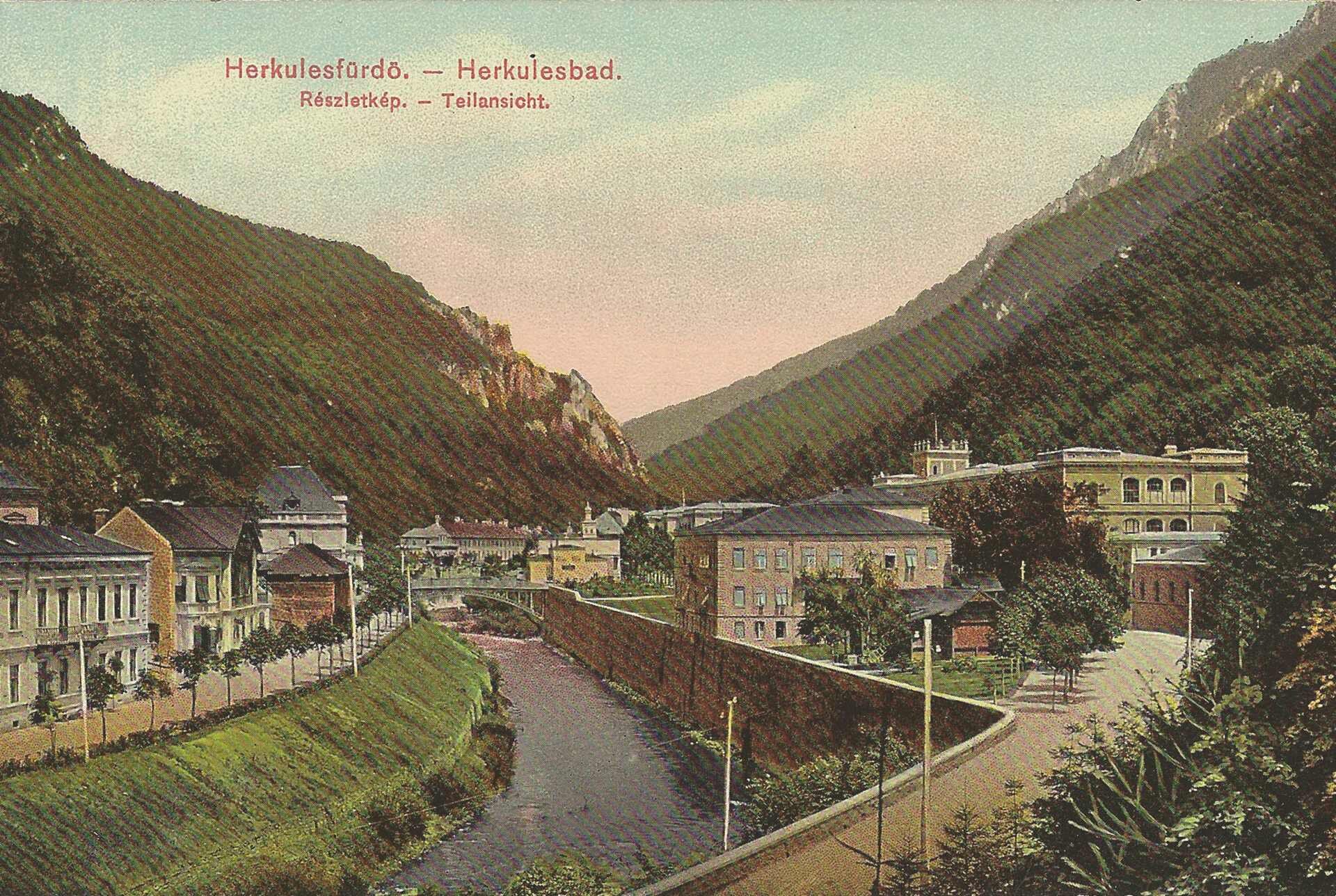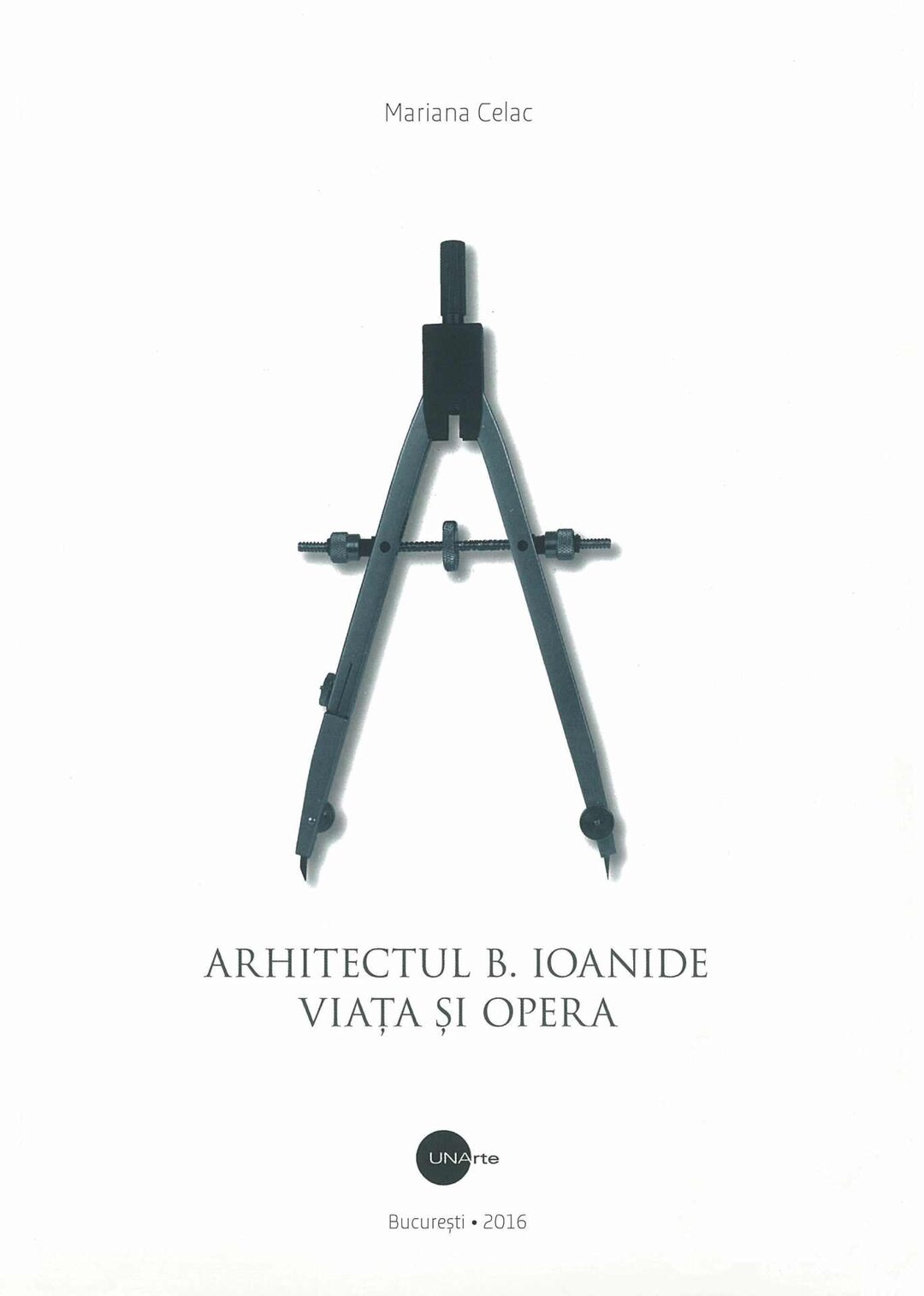
HerculaneProject. Our Story
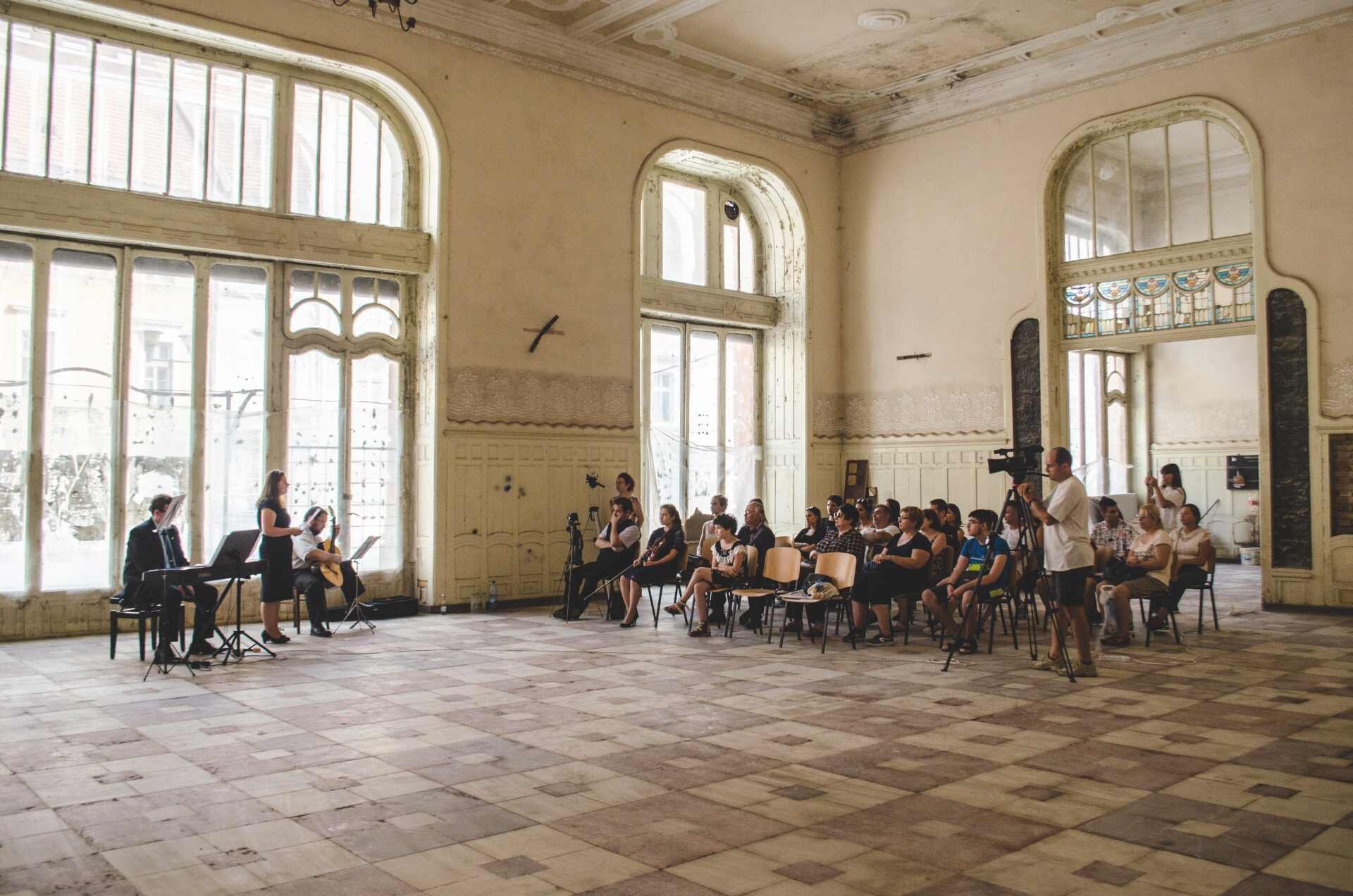
text: Oana CHIRILĂ
 Talented and quite idealistic young people, a fascinating, almost magical natural environment and a priceless heritage are brought together in an initiative promising a long-awaited change in Herculane Baths.
Talented and quite idealistic young people, a fascinating, almost magical natural environment and a priceless heritage are brought together in an initiative promising a long-awaited change in Herculane Baths.
This is the story of a place we fell in love with and our a-bit-too-ambitious plans to bring it back to life.
Healing waters under the sign of Hercules’ strength
The resort of Herculane Baths is part of the Domogled - Cerna Valley National Park and is characterized by the presence of two essential elements: steep-sloped calcareous mountains and the tectonic corridor of Cerna River. The complex gave birth to a landmark and a unique, impressive and spectacular natural landscape. Boasting a strategic geographical position owing to Danube - a bridge towards Serbia, Hungary, Austria or Germany, Herculane Baths is one of the oldest spa resorts both in Romania and the world. The balneal activity has commenced in the area with the discovery of thermal mineral springs by the Romans, during the works for the construction of Ad Mediam (currently Mehadia), part of Via Traiana. As the resort was founded in 102 A.D., when the Roman Empire was being led by Emperor Trajan and attested in 153 A.D., we can say that the Romans introduced balneal treatment in Dacia. The name of the resort, Therme Herculi/ Herculane Baths, is under the sign of the Greek mythology hero Hercules, the son of Zeus and Alcmene, matchless in strength and bravery, who, after death, was welcomed among the gods and was rendered immortal; he is recorded in Roman mythology as Hercules, the patron of hot springs.
The flourishing period of the resort started in 1718, when Herculane Baths became part of the Habsburg Empire. In the first phase, the balneal resort developed according to a clear medical directive as a main military health centre with limited access to the general public. In the first half of the 19th century, when the resort territory entered under the jurisdiction of the Hungarian part of the Austro-Hungarian Empire, the retreat began to be visited by the important figures of the time and the healthcare centre in the resort was endowed with cultural and leisure functions characteristic of a modern spa resort. The project which made the resort available for a wider audience was based on the architectural concept of Wilhelm Doderer, renowned architect and planner of the time. Thus, Herculane Baths gained recognition across Europe and became an unforgettable place for those who visited it. For Emperor Franz Joseph, Herculane Baths was „the most beautiful resort on the continent” and for his wife, Empress Elisabeth of Austria (also known as Sisi), „a distinct and delightful presence”, according to the notes in her private diary.
Apart from the underground natural resources and the invaluable mountainous landscape lying at the core of its structure and determining its development, an important and defining pillar of Herculane Baths is the built heritage comprising 74 objectives listed in „The National Register of Historic Monuments of 2010” - 14 archaeological sites, 10 monuments and 45 architectural ensembles, and 5 statues.
The brand is highly important when referring to quality tourism at national and international level. As for Herculane Baths, the history, mythology, spa treatments, natural and built heritage make up an inventory of data outlining an identitary landmark. The historic past of the town of Herculane is marked by two important periods in the community’s memory: the Roman Empire and the Habsburg Empire. The sense of belonging to a great empire is rooted in the unconscious collective identity.




he identity created over the heritage helped add extraordinary buildings or events relating to mythological or historical characters on the mental map of the place. In this manner, the legends that revolve around Hercules or the stories recounting the arrival of Queen Elisabeth of Austria in the resort act as leitmotif when talking about cultural or heritage identity.
Unfortunately, nowadays Herculane Baths is an illustration of the degradation of Romanian balneal heritage. Even though in the past 10-15 years there have been initiatives and attempts to revitalize the heritage, these did not have the expected positive outcome. The situation is due to the vicious privatisation policy of the resort paired with the minor interests of the so-called „investors” who played a crucial part in many of the legal problems of present-day balneal heritage. All these factors put an end to the progress and the natural development of the resort and, as a result, the incapacity to access national or international funds is eventually leading to the degradation of the town.
HerculaneProject. How it all started
It was during a short visit to Herculane and under the impression caused by the current state of pronounced degradation affecting the built heritage of great architectural value that we decided to get involved and do something to prevent the history, culture, myths and tradition of this place from being lost forever. Fascinated by the beauty of the place and its power of regeneration throughout the centuries, we wanted to make known this heritage by promoting and valorising it.
Hence, we can say that our project for Herculane emerged naturally, from our desire to change the compromised destiny of the place.
At first, we did not plan to initiate a reviving project as it was hard to believe a group of young and very young students can have an impact on an entire town and, most importantly, the town community.
The first step was to draw attention to the beauty of the town with the help of an article. The resulting positive reaction encouraged us to go further and initiate a rescue operation for Neptun Baths, the first building we had set foot in.
A few weeks after the publication of the article, during the first discussion with the local authorities, we gathered together and initiated HerculaneProject whose main goals are the architectural and social rehabilitation of the historical centre, the restoration and preservation of Herculane Baths. We believe that this rehabilitation is possible only by the use of architectural, educational and cultural tools and, of course, by means of a transparent collaboration among the authorities, the investors, the community and the initiators.
Our aims is to take action punctually, on the historic monuments and public space, as well as globally, through educational and cultural events.


Locus Association. Who we are, what we want, who supports us
The initial group of young architecture students turned, in just a few weeks’ time, into a multidisciplinary team, unified by the idea that common action is the only way to revive cultural heritage and community life. As all our activities and actions in Herculane must fall within a legal intervention framework, we decided to found an association focusing on heritage rescue and promotion, Locus Association.
Just a few weeks after the online release of the article, we received support from România100 Platform, IdeiLaGram, The Light Design, MakeBetter and many more associations and people with knowledge in the field, such as PhD Arch. Bogdan Demetrescu, Arch. Oana Bogdan, Phd Arch. Anca Majaru, Eng. Cornel Farcaș, PhD Arch. Liliana Roșiu. The number of those currently helping us is much bigger as the team includes archaeologists, IT experts and architecture studios.
Neptun Baths, a strategy driver for the city centre
The building - erected between 1883 and 1886 by Alpar Ignat at the commission of Austrian Emperor Franz Joseph - is part of a larger architecture ensemble called Casino Ensemble and comprising Neptun Baths, the Casino and Traian and Decebal Hotels. Between Neptun Baths and the Casino there is a visual and formal direct connection. The building hosted thermal and sulphur baths offering a wide array of treatments.
The first step of our enterprise was to develop an emergency intervention project to stop the advanced state of degradation of the building. Furthermore, we started building a relationship with the locals, informing them about local heritage protection and integrating them into the project, by organising an event to introduce ourselves and our objectives. We invited them to several open debates and listened to their wishes while trying to present the positive results of all those involved.
The technical project for this emergency intervention was developed in collaboration with engineers and architects with experience in the field and was successfully endorsed by Herculane Baths County Cultural Council with whom we signed a collaboration agreement. In the meantime, we launched a fundraising campaign because the final cost of the works reached the sum of 100.000 Euros. In the end, Herculane Baths Town Hall took the decision to get a bank loan for the works. We would like to thank them for their efforts and collaboration.
What prevents us from taking action at present?
As we mentioned earlier, Herculane Baths suffers from an almost incurable disease - an intricate and partly vague land ownership regime. As for Neptun Baths, the building belongs to the town hall but the land is owned by two private investors who, despite having initially given their consent for our intervention, have in the meantime changed their mind for various reasons.
Of course we want to collaborate with all the entities involved and we try to help mediate and facilitate communication in relation to these problems. We hope we will soon reach a consensus.
With Neptun Baths as a milestone and a driver for cultural revival and support in Herculane, we started building a gradual strategy at the scale of the entire town centre.


Microscale or macroscale? Balneal tourism or culture?
Our proposal revolves around the idea of reviving an abandoned place through culture, education and resources. After studying the existing context as well as the social and natural environment, we reached the conclusion that an active revitalization needs a gradual strategy applicable not only to the built environment but also the local society.
Based on the idea that Herculane is a multipolar space made up of places defined by different features, histories and identities, we need to examine the relationships developing within the ensemble and the continuous information exchange. We must not overlook the emerging hierarchy of these places outlined by an overlap of temporal and historical layers (Roman period, Turkish period etc.) whose analysis reveals the progressive and regressive phases of the resort. Herculane has a life of its own. Oscillating between its two essential traits - balneal and cultural - the town employed all its resources to endure. The status of balneal town owing to the constant connection to natural resources represented the only survival solution for the resort over the years. But it was not enough. The absence of investment has led, slowly but surely, to a deterioration in the quality of the services offered and, inevitably, to the decline of balneal tourism. Hence, the need for a macroeconomic strategy involving a significant educational component as it is essential for people to understand the importance of the link they represent within this city revival process.
From the point of view of the city’s cultural identity marked by the traditions and architecture which play a central part in the development of Herculane Baths, the „Hercules” brand is currently in decline. The historical centre is virtually dead and its revival is hindered not only by legal problems but also the high quality level envisaged, a constant reference to the resort’s past. The historical centre has actually become a tragic scenic stage reminiscent of glory days and marked by decay. Herculane offers a voyage through time and space through various messages conveyed by the relationships arising between the main components of the historical centre and the town as a whole. As they go over this scene, people start deciphering these messages according to their own cultural sensitivity and training while building ever new connections and relationships.
Experience, a key strategic element
This brings us to a fundamental prerequisite for the intervention strategy focusing on Neptun Baths and the wider area defined as the Casino Ensemble: experience, a key element of our strategy.
We believe a social rehabilitation similar to the architectural restoration of the balneal heritage is eminently necessary within the general city revival process with a view to help improve the quality of spa and cultural tourism. Consequently, we proposed the creation of training centres within the Casino Ensemble. Social rehabilitation refers not only to professional training but also the revival of the civic spirit by embracing and developing the town’s identity.
However, along with patrimonial and social rehabilitation, the self-sustained economic and financial revitalization of the historical centre at town and individual level also plays an important part. How can we integrate culture in heritage objects that have not been created for the purpose? After considerable reflection, we reached the conclusion this is possible by means of the creative industries involving the individual and the town alike.
As for the identity, history and current contexts and problems of the heritage in general, the creative industries may be defined as a variety of economic activities rooted in the marketing of creativity, ideas, knowledge and information. Creative industries include design, architecture, visual arts, film and video, music, advertising, performance arts (theatre, dance and experimental theatre), IT and video games, arts and crafts.
Therefore, we propose a set of functions meeting the needs of the community and the tourism sector through experience.


The cultural device
Given the above mentioned, as well as the premises of the strategy developed across the entire historical centre, the Neptun Baths Ensemble will incorporate various creative functions, thus becoming a CULTURAL DEVICE able to host cultural, social and educational experiences. The Neptun Baths represent an oblong rectangular volume situated along Cerna River, a two-floor building comprising a central structure representing the major symmetry axis set against 6 elements detaching at floor level, with individual hipped roofing and connected through floor level galleries. The house composition supports the idea of multiple creative functions hence underlining the heterotopic character typical of our proposal. The multifunctional character of the building matches the various needs and deficiencies of the local community as indicated by the SWOT analysis prior to the study. In addition, our proposal takes into account the fact that the progressive and full-grown revival of the historical centre based on certain key elements can be best achieved through alternative restoration interventions.
In their glory years, Neptun Baths, also known as „the Imperial Baths”, were a privileged place, a health centre destined only to the Austrian royal family. Our proposal is to renounce this high-end character and make Neptun Baths available for general public. Drawing on the story of the place, the identity and the brand lying at the core of the historical centre and ensemble development, as well as the premises of the strategy, the proposed integrated functions are:
- a contemporary museum comprising two exhibition areas, a permanent hall and a temporary hall for experimental purposes (the central area of the building);
- creative spaces for design, manufacture, art, engineering or creative education;
- a media library connected to the creative spaces and used as a learning platform supporting the development of the two main assets of the historical centre: balneal and cultural;
- commercial spaces correlated with the contemporary museum and the creative spaces;
- administrative spaces;
- technical spaces.

In the historical centre of the city, almost all the buildings are monuments holding importance and interest at both local and national level. Our strategy is structured into two phases: (1) the rehabilitation of the core - the old casino communicating on a perpendicular axis with the Neptun Baths, two large buildings functioning as hotels and two small villas. The reconversion of these six buildings involves the integration of cultural, educational and tourism functions. Hence, the Casino will open to the public through cafés, libraries and banquet halls; the cultural functions of the Neptun Baths were described above; the two hotels will constitute an educational centre in the field of balneal tourism, a school-hotel containing all the segments of balneal tourism: healthcare, accommodation, hotel services and food industry, thus providing a practical application of the theoretical studies. One of the two smaller buildings will keep its current function as a hotel while the second will be turned into an info and research point focusing on monument maintenance destined to tourists and locals alike; (2) the focal point is the square bearing the name of the town’s protector, Hercules Square. In the first phase we will concentrate on staff training and labour force recruitment with a view to a correct functioning of a valid tourism environment whereas the second phase will deal with providing the necessary infrastructure. Therefore, most ground floor spaces will host public functions - restaurants and cafés, and the upper floors will be dedicated to hotel services.
After having completed these two phases, we will organise a functional tourist centre meant to be integrated into the spa resorts network at the national and European level, alongside similar resorts in Hungary, Austria and Great Britain.
Current steps and future plans
Architecture Bath
For us, as students, it is very important to get other students involved in the project, be it architects or other professionals. Therefore, we have recently organised a summer school called the Architecture Bath, which we hope to develop into a complex revival hub bringing together young people, the community and expert know-how.
The school aims at acknowledging the importance of heritage in today’s society and connecting HerculaneProject to the academic world in Romania. The practice has an active component as all activities will unfold under the supervision of professionals and guest lecturers in the field of culture, architecture, planning, tourism, project management and the economic sector. Students will thus come into direct contact with the complexity of a revival and restoration project.
The base containing the data gathered during the practice period will subsequently be used by HerculaneProject to elaborate an intervention guide and an online database for the historical centre of Herculane Baths.


The intervention guide
Drawing up an intervention guide for the historical monuments in Herculane is an action supported by the Herculane Baths Town Hall and several architects, planners and historians we collaborate with. Since the town lacks an updated general urban plan in force and the essential zonal urban plans are only just beginning to develop, we believe such a project is extremely important as a tool for educating the community, the investors and the architecture students actively taking part at its elaboration.
The intervention guide also acts as the starting point for a complex study of the historical centre as a preliminary to the elaboration of a zonal urban plan for the area - the discussions with the town hall and the consolidation of a multidisciplinary team have already been launched.
HerculTURE
This summer, we initiated a series of architecture and culture tours entitled „HerculTURE” from a desire to promote the heritage in Herculane Baths and draw attention to its importance at regional and European level. We wish to actively involve the townspeople in the organization and development of the tours. We must admit that the ever increasing interest shown by Romanians and foreigners for Herculane motivated us to help improve the accessibility of the town and its historical buildings to the general public. In collaboration with private investors and the Ministry of National Defence, which owns one of the iconic buildings in the old centre, we began to organize small-group photography tours of the buildings to make known the fascinating balneal context of the place.
#IgotMarked
Our most important objective is to include the Architectural Ensemble in Herculane Baths in the UNESCO World Heritage Sites in order to showcase and protect the beauty of local architectural heritage and achieve impact at regional level. The initiative was launched through a campaign and a dialogue with the Ministry of Culture and members of UNESCO committees from abroad.
The architectural heritage in Herculane is a local sustainable development resource of universal value going beyond the boundaries of both the town and the country. It refers to a bimillenary heritage dedicated to people’s healthcare and marking the lives of several generations. #IgotMarked expresses our belief that now is the time people must allow themselves to be defined by this heritage in need and recuperate it. A gesture of gratitude or restitution? As the procedure and the initiative are complicated and very lengthy, community support is vital.
We aim at co-opting visionary and good-willed professionals that can help us change the lines of action in Herculane so that the town may regain its identity, develop through culture and through the valorisation of its treasured architectural heritage.
We wish to take action on other heritage buildings whose owners we have already approached and engaged in discussions with but also on public space, through both punctual and large-scale interventions. We intend to help the town hall revive the former promenades, kiosques and even the banks of Cerna River.
Our only goal is to revitalize both the built and the social environment, namely the people, the genuine core of this project. We hope to learn and grow together.
Herculane Cultural Baths
Moreover, we tried to support the development of HerculaneProject through sporting and social events, we organized debates at Timișoara and Arad. Also, this year we decided to organize a cultural event, in collaboration with the Cultural Association for Artistic Intervention, Cinemobile, Launloc Association and Herculane Baths Town Hall. Thus, „Herculane Cultural Baths”, a project co-funded by the Administration of National Cultural Fund brought together visual artists and architects - such as Dan Perjovschi, Oana Bogdan, Anca Majaru and Ovidiu Hrin - and musicians. Besides the mural paintings created by Ion Barbu, IRLO, Obie Platon, Kero & Ocu, the atmosphere was animated by jam session performances by A-C Leonte, Albert Tajti, Dan Mitrofan and Tavi Scurtu. There were open-air films screened by Cinemobile as well as guided tours, thermal baths and other events.
„We are strongly opposing cultural and social degradation, we are drawing attention to the desperate situation of the millenary heritage in Herculane Baths, we are reviving abandoned public spaces through mural paintings and interventions meant to restore Herculane Baths on today’s cultural maps and we are cultivating a civic optimism vital for generating a much-needed change to a historical site and a mythical place like Herculane Baths.”
HerculaneProject aims at unifying and supporting continuity and identity and most importantly, offering a new chance to the Historic Ensemble of Herculane Baths. A chance to heal. A chance for the community to join our efforts to bring the town back to life.

